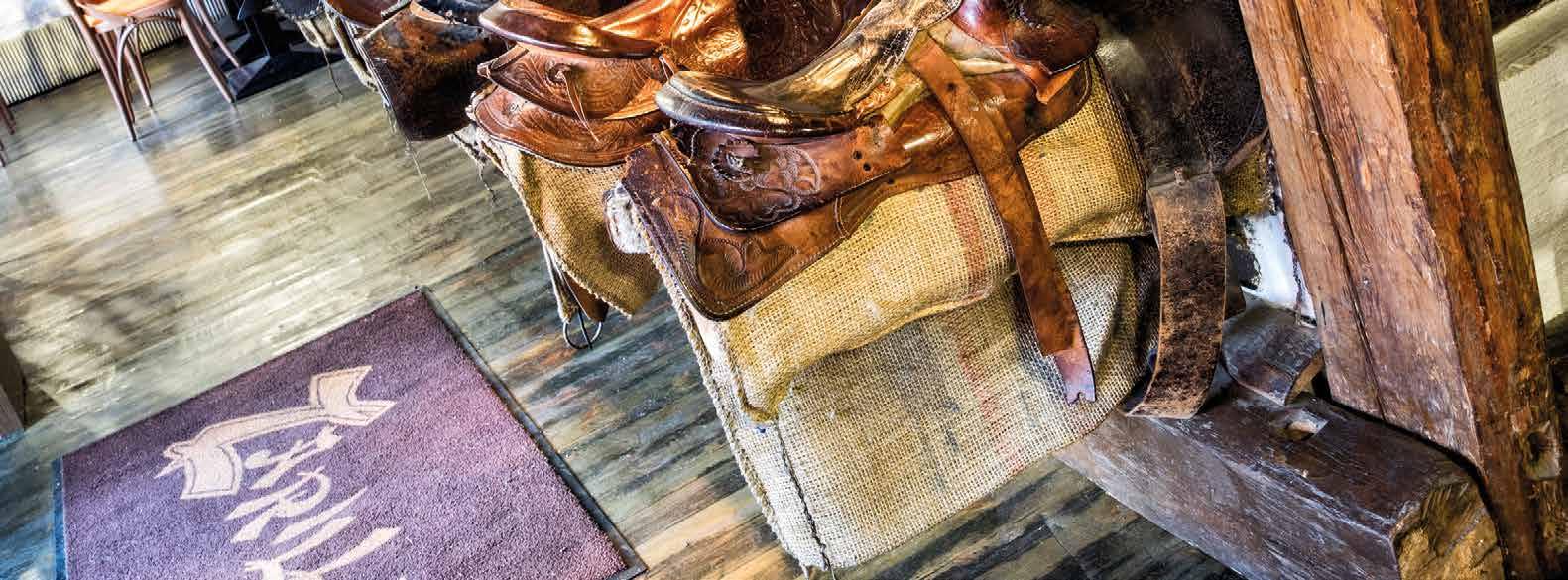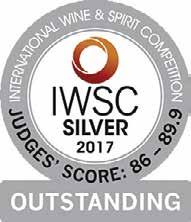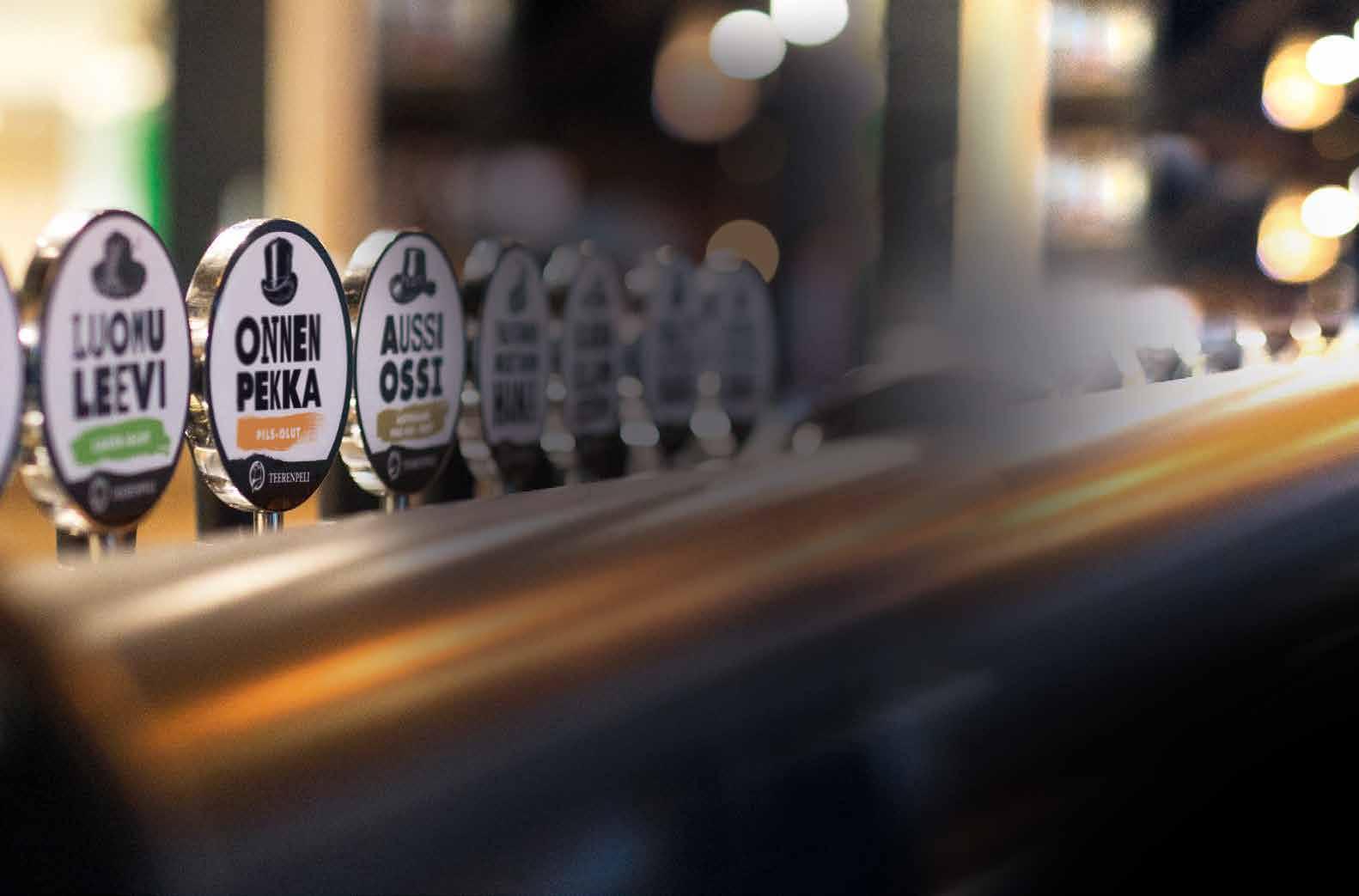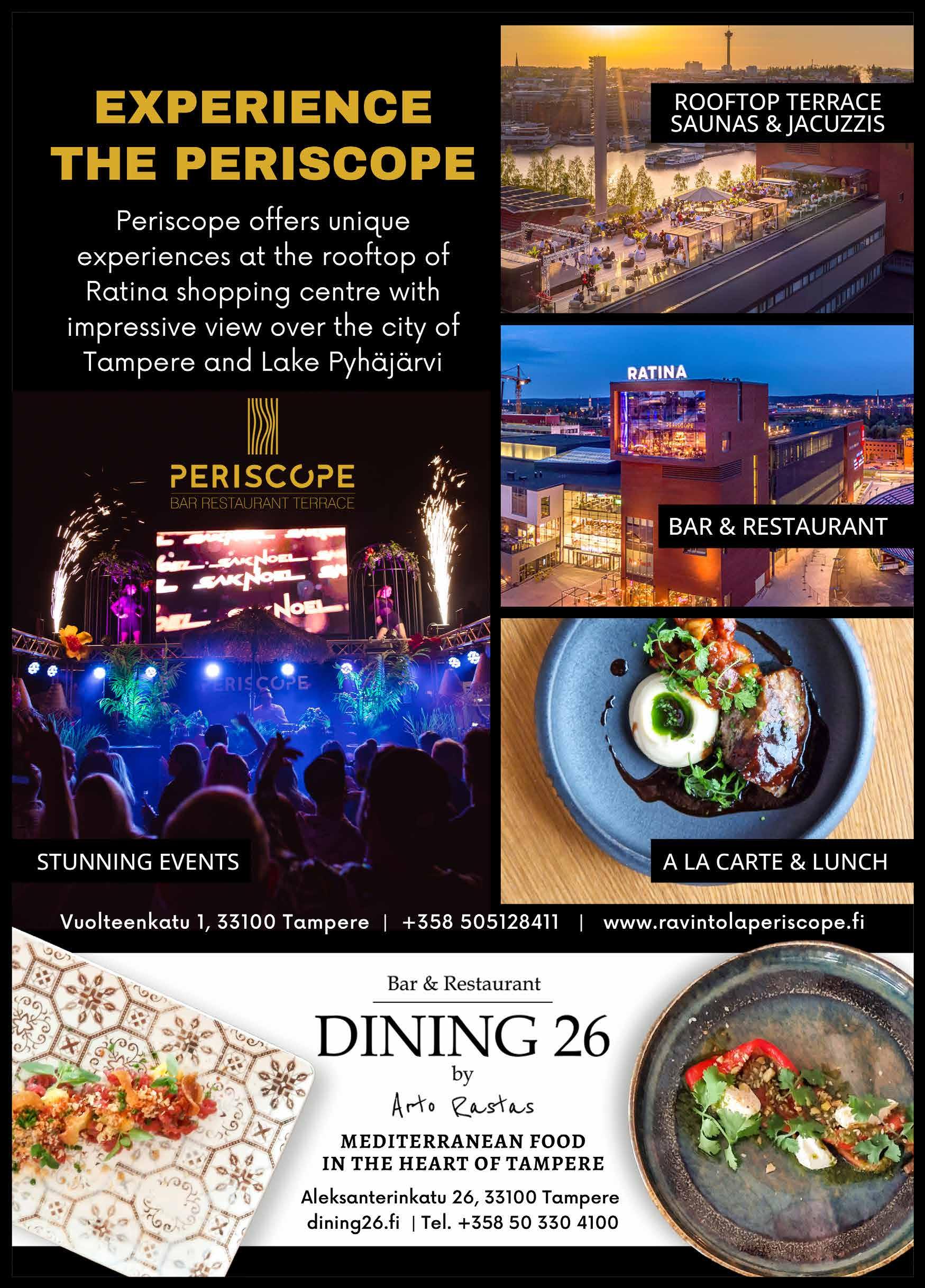












Here are a few tips to help you get started.
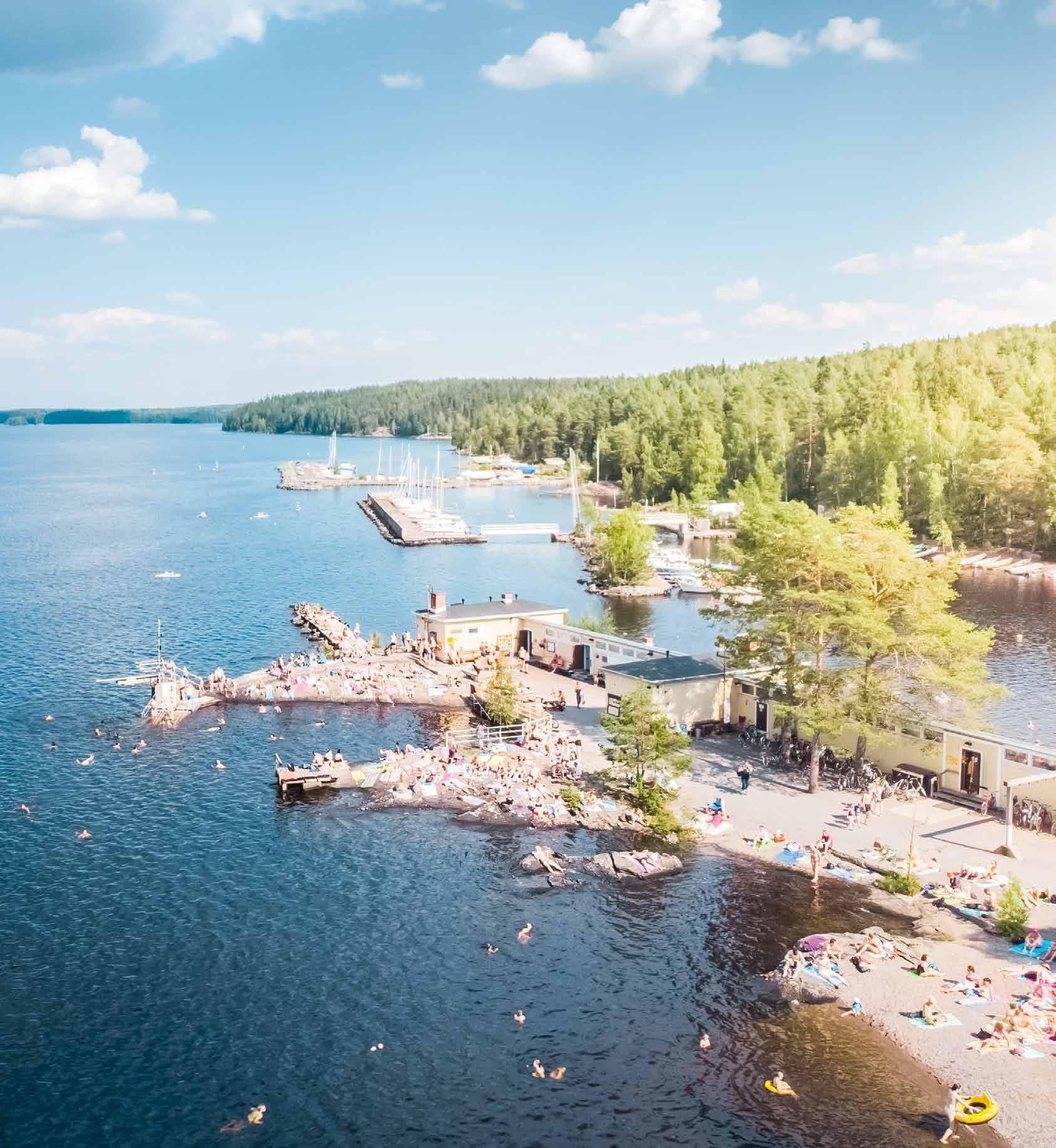

Tampere is famous for its sauna culture and the city region has almost 60 public saunas to choose from. Here are some of our favorites.
The oldest public sauna in Finland. Here you will experience the traditional sauna atmosphere. Let the locals show you how it’s done!
Enjoy the heat, dip into the Ratina bay and have some food or drinks in the restaurant.
These lakeside saunas are loved by both locals and visitors. Swimming and sauna all year round!

Tampere offers many great places to enjoy the stunning city views. Head out to Pyynikki ridge to climb up to the observation tower and marvel at the views opening to Pyhäjärvi and Näsijärvi lakes. You can also admire Tampere panorama from the roof of a historic building: Roof Walk Finlayson Area allows you to see the sights from a new perspective. Also, check out Näsinneula observation tower, Moro Sky Bar at Solo Sokos Hotel Torni and Laawu Rooftop Terrace & Sauna on top of Lapland Hotels Arena
In Tampere, the lakeside starts from the city centre, and so do the forests. Breathe some fresh air in Pyynikki nature reserve. While you’re there, don’t forget to try the world’s best doughnuts in the observation tower’s café!
The beautiful nature of Hervanta is super easy to reach – just hop on the tram! Additionally, Outdoor Express operates between Tampere city centre and the region’s national parks. The bus takes you directly to nature and back! All kinds of nature and lake activities like sup boarding, canoeing and fat-biking are also provided, see visittampere. com for rental info.
Tampere is known for its vivid cultural life. The city is famous for its theatres, live music and various festivals. All kinds on summer events awake the city centre during summer. Tampere is quite possibly the most interesting city of diverse museums in Finland - themed museums from art to police and from spies to history of labor offer exploring for every taste.
Museum Centre Vapriikki has many ongoing exhibitions at the same time and the world’s only Moomin Museum invites you and your family for a magical journey into the fairytale world. The theme park Särkänniemi offers a great variety of amusement rides for both adrenaline seekers as well the ones enjoying more of a peaceful ride. Another great place for the whole family is Tallipiha Stable Yards. If you’re lucky, you might experience a horse carriage ride there!
Are you Hungry For Tampere? Savor the tastes and atmosphere of this unique city and find your favorite dishes from its vast range of restaurants. Local, organic, vegan, oriental… Tampere has it all. Not to mention the breweries! Tampere is also known for the vivid market culture where you’ll find all the local delicacies.
Tampere is known as the heart of the events, where people enjoy music, theatre, museums and the unique atmosphere of the city.
Visit Tampere event calendar will help you to find interesting things to do, to see and to experience in the Tampere Region.
visittampere.fi/en/events/
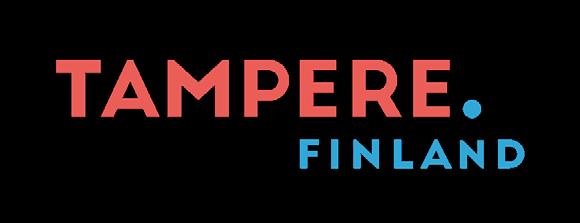



Share your favourites on social media with #visittampere
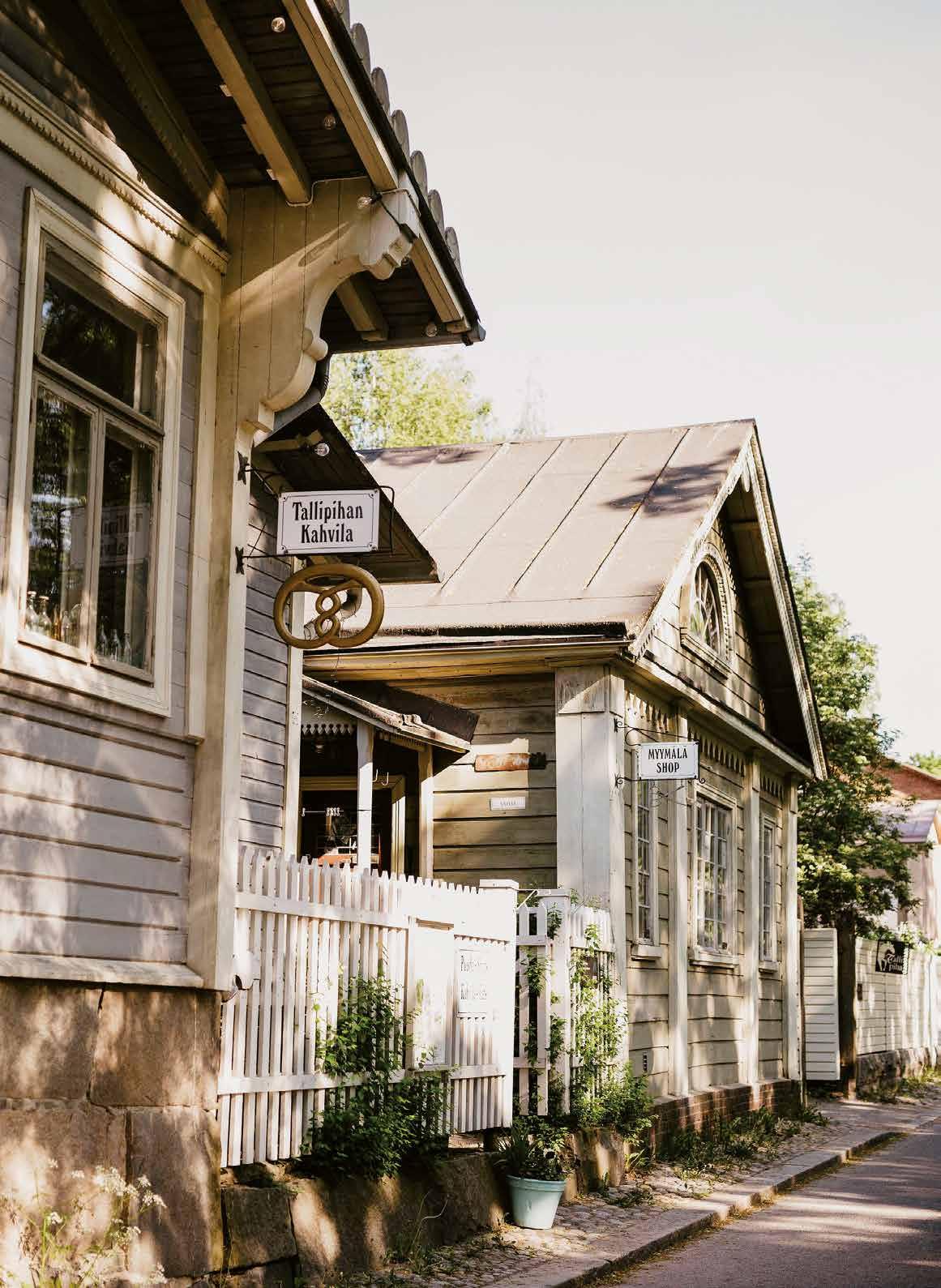
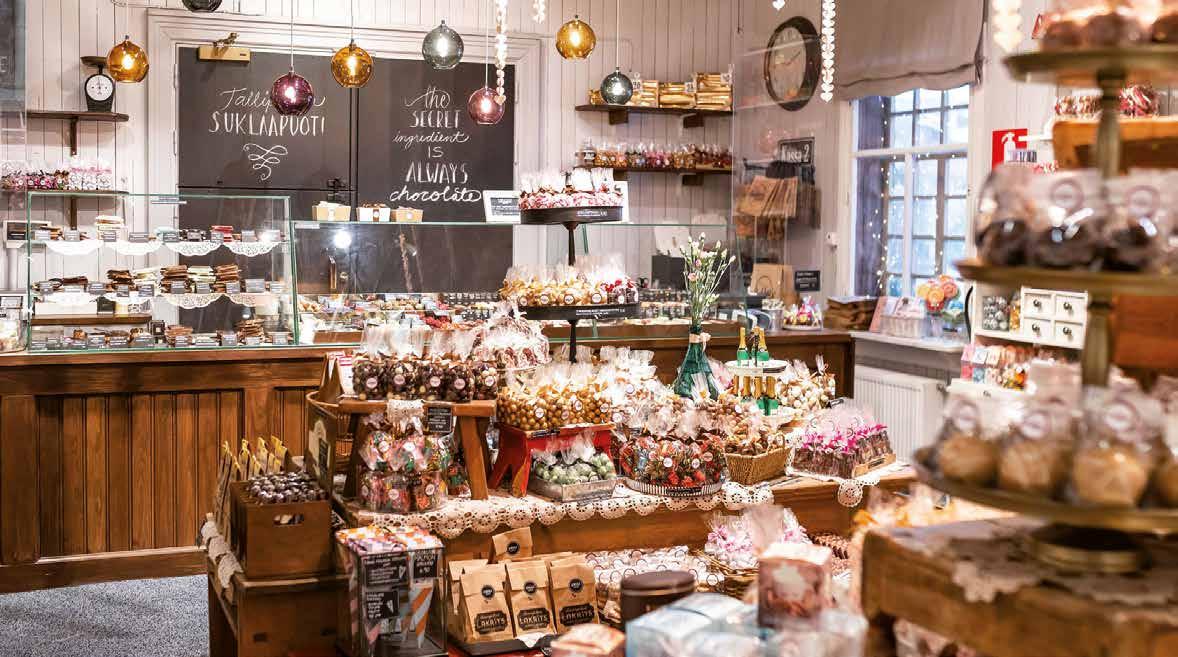
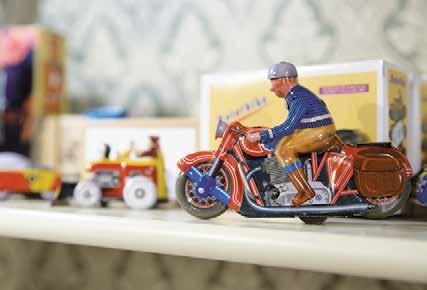
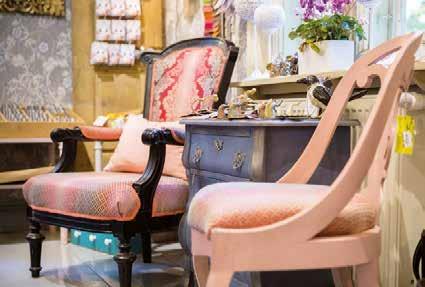

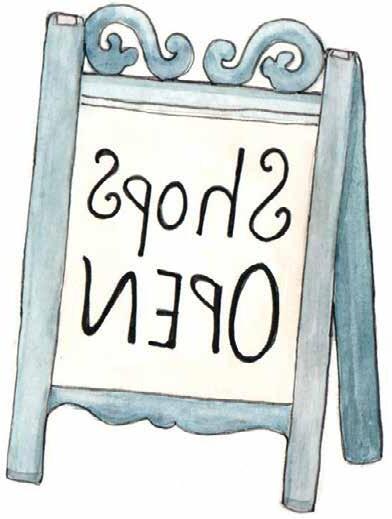
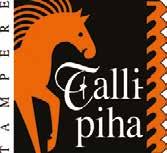

ROOFWALK IS a UNIQUE EXPERIENCE THAT SHOWCASES TAMPERE FROM a NEW PERSPECTIVE . walking route ON the TOP OF THE CITY INCLUDE STUNNING SIGHTS AND HISTORICAL STORIES .

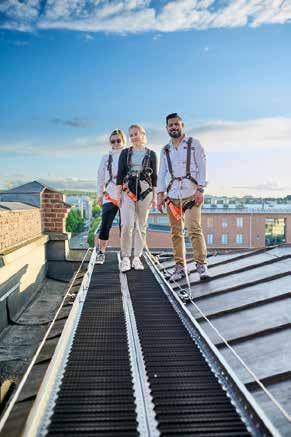
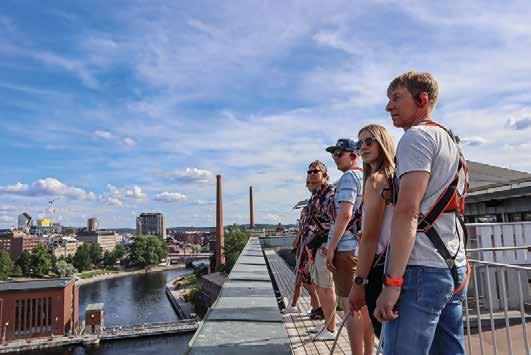

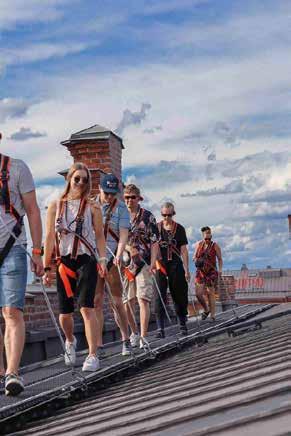

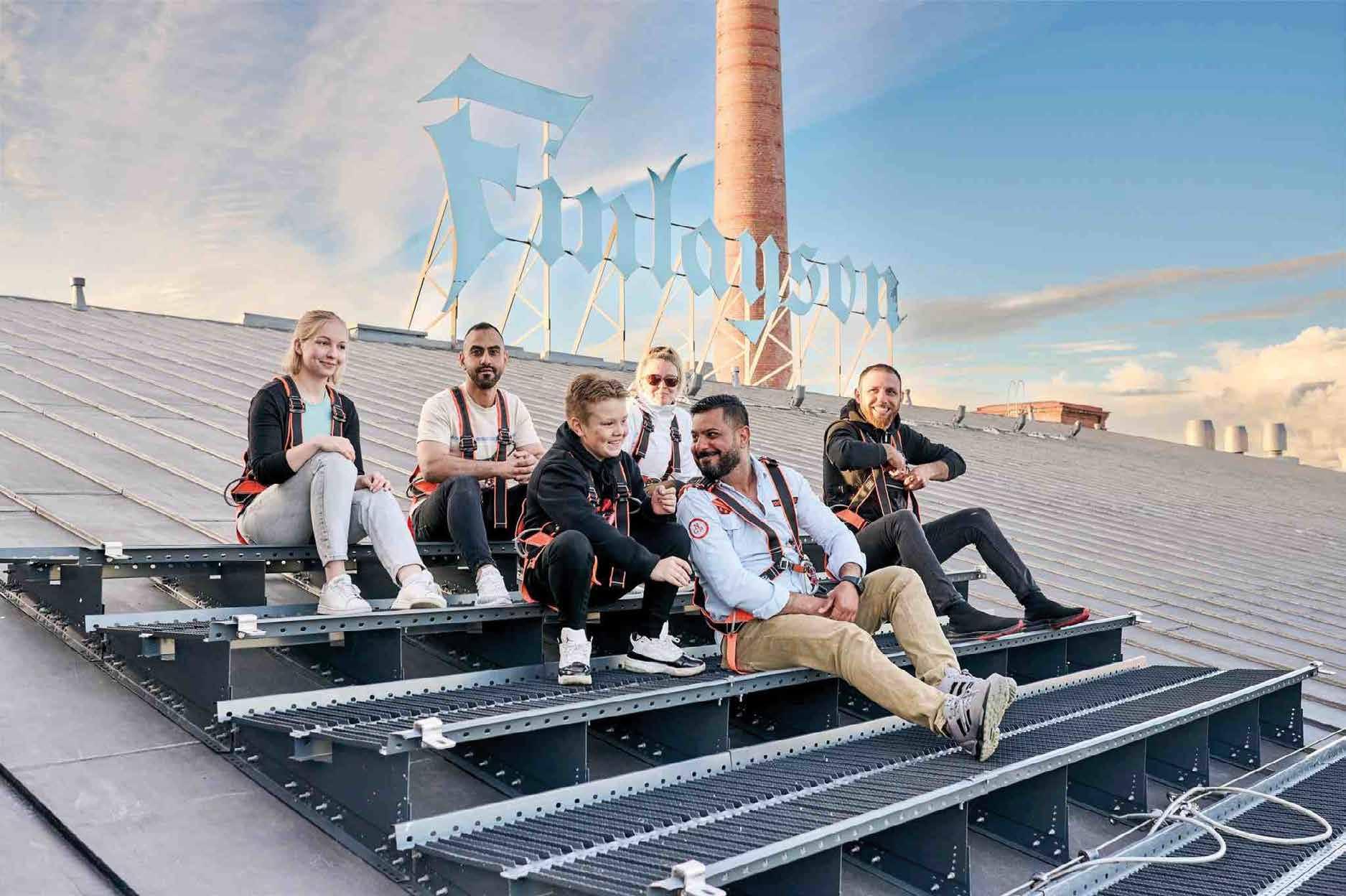


The most attractive centre of Finland 8
Paris, Finland 1924–2024 10
Midsummer: A night of magic 12
Murder in Iceland and Finland 16
Tampere in a nutshell 20
Map of Tampere 22
Hotels providing Tampere Times 24
Jean-Michel Othoniel – Under an endless light 27
Tracking down the Ice Age 32
The Forbidden Kalevala 36


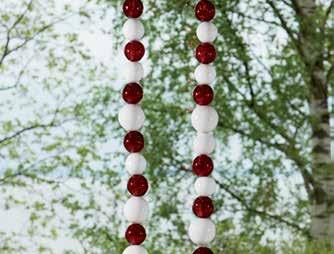
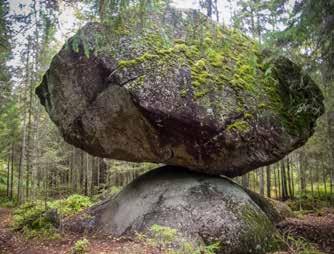

The most attractive centre of Finland
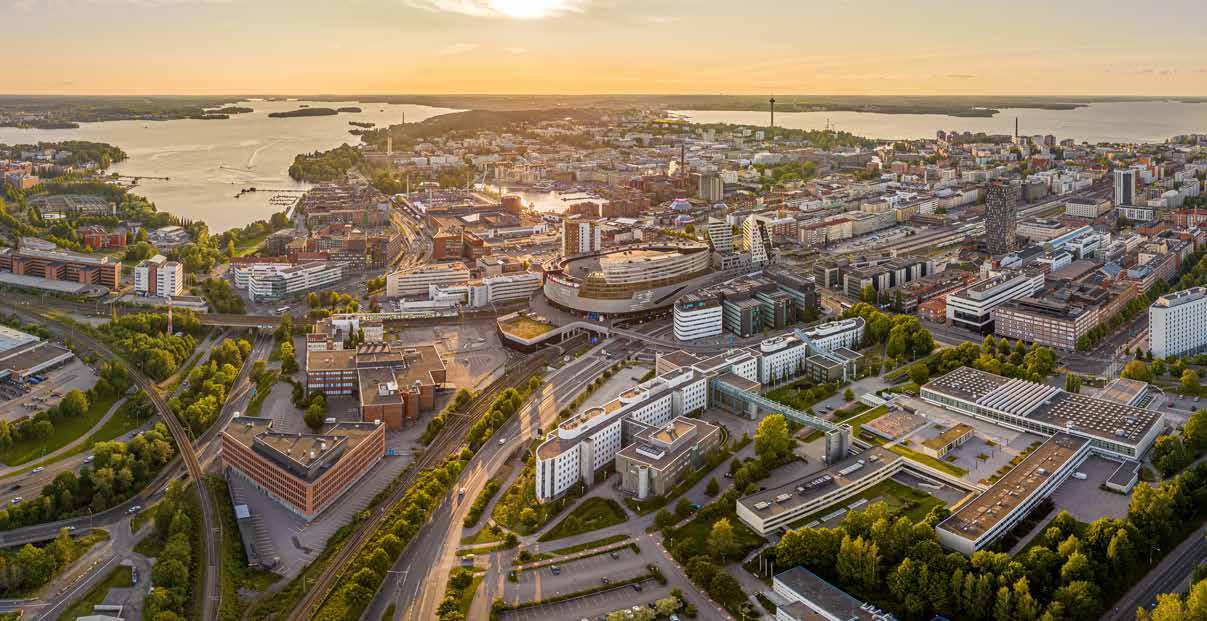
TaMpErE is thE Most attractivE city in Finland, the favorite city among Finns. Tampere attracts a lot of students, and the largest age group in Tampere is 20–29-year-olds. More than 160 different languages are already spoken here, making our city an increasingly international place, both as a home and as a platform for international events and congresses. The city covers an area of 689.6 square kilometers, of which about 24% is water. Tampere is located between two beautiful lakes, Lake Pyhäjärvi and Lake Näsijärvi, creating a unique urban environment surrounded by nature.
Our city has been growing at a record rate, with the population increasing by more than 6,000 people in 2023. The people of Tampere value their quality of life and health and are satisfied with the services offered by the city and the conditions of their neighborhoods. Although we also face challenges of large cities, our residents experience Tampere as a safe place to live, live, travel and explore.
Tampere is known for its easy-going and relaxed atmosphere. Images of our city are based on beauty, natural surroundings, and liveliness. There is plenty to do, see and experience in our city to suit all preferences. For example, you can soak up the history of the city in the landscapes of the red brick heritage or admire the rapids of the Tammerkoski.
We are proud of our local nature, and the uniqueness of Tampere is demonstrated by the easy accessibility of our hiking destinations by tram, for example. Hiking routes and campsites are very well maintained and free of charge, and the locals are always ready to help you if you face a challenge in the middle of the forest.
Our many museums and theatres satisfy your hunger for higher culture. For example, the Amuri Museum Quarter showcases working-class housing dating back to the 1880s, the Vapriikki Museum Centre features history, science and technology, and the Moomin Museum offers an immersive art museum around the beloved Moomins. The Tampere Theatre, Tampere Workers' Theatre and Comedy Theatre offer first-class theatre for all tastes.
In summer, there's plenty to do for the whole family at Särkänniemi amusement park, from a domestic animal farm to more wild rides. Top-class sporting events and concerts can be enjoyed at the Nokia Arena and the recently opened Tammela football stadium. Tampere is home of two top-class hockey teams. For lovers of lake tourism, we offer great destinations such as the Lake Näsijärvi and Lake Pyhäjärvi boating routes. The summer oasis Viikinsaari is accessible by a 20-minute boat trip from Tampere city center.
And what could be a better way to end the day than relaxing in the sauna? Tampere is a proud sauna capital, with a sauna experience to suit all tastes. The Rajaportti sauna keeps the community alive in the beautiful Pispala landscape, Rauhaniemi Folk Spa invites visitors to a wonderful peaceful natural setting, while the Sauna-Restaurant Kuuma in the centre of the city offers a sauna experience in the heart of the pulse.
The bravest can try traditional Tampere cuisine, black sausage, or savor the chicken wings. Our marketplaces, such as Tammelantori and Laukontori, are delightful places to enjoy coffee and fresh buns in the sunshine. And if you're in the mood for a quick bite to eat, Vaakon Nakki is a legendary snack bar that has been feeding the citizens of Tampere since 1962. Tampere Market Hall is the largest one in the Nordics offering pleasant atmosphere, high-quality products, and professional service.
The success story of Tampere has been built up over a long period of time through hard work and determination. We are known as a city of action, where people work together and on an equal basis. Welcome to Tampere!
Kalervo Kummola Mayor of taMpErE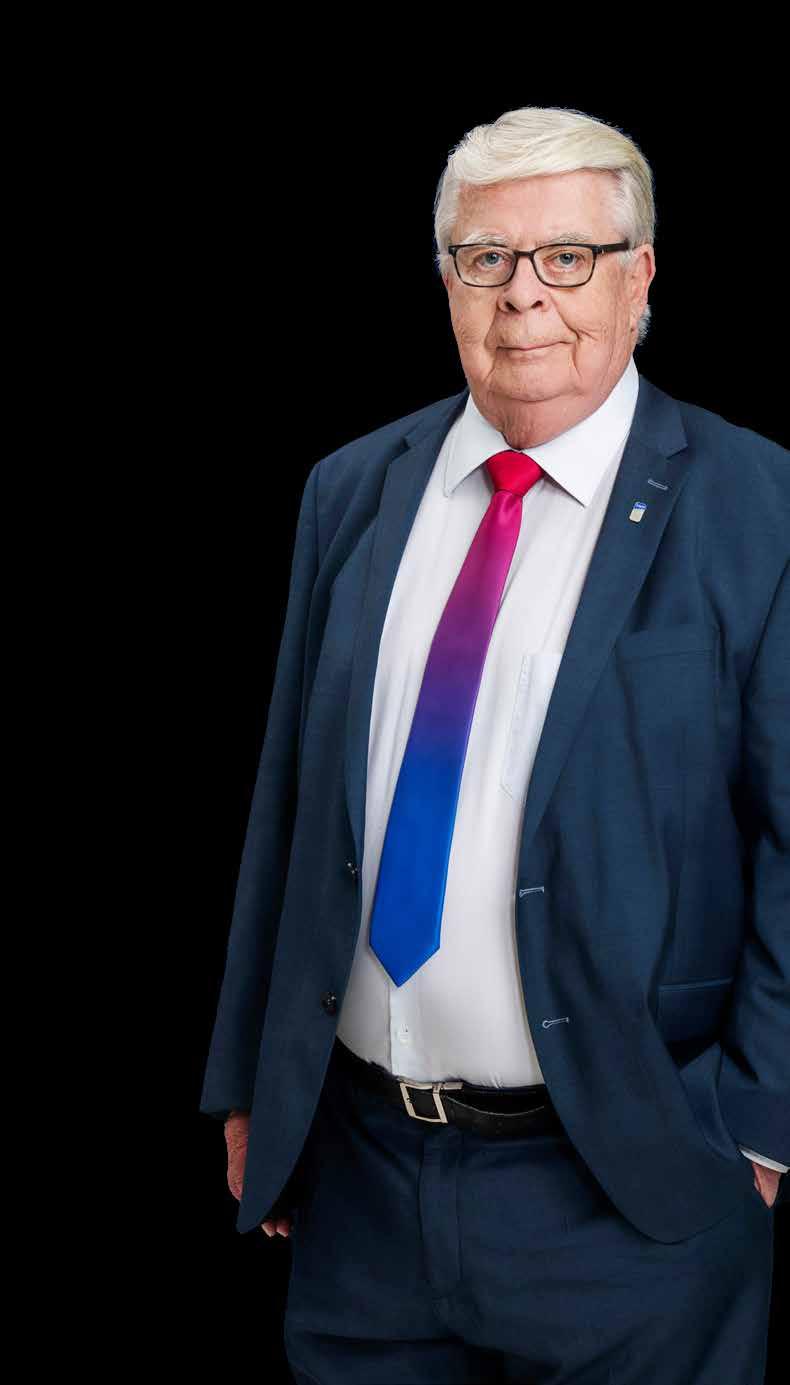
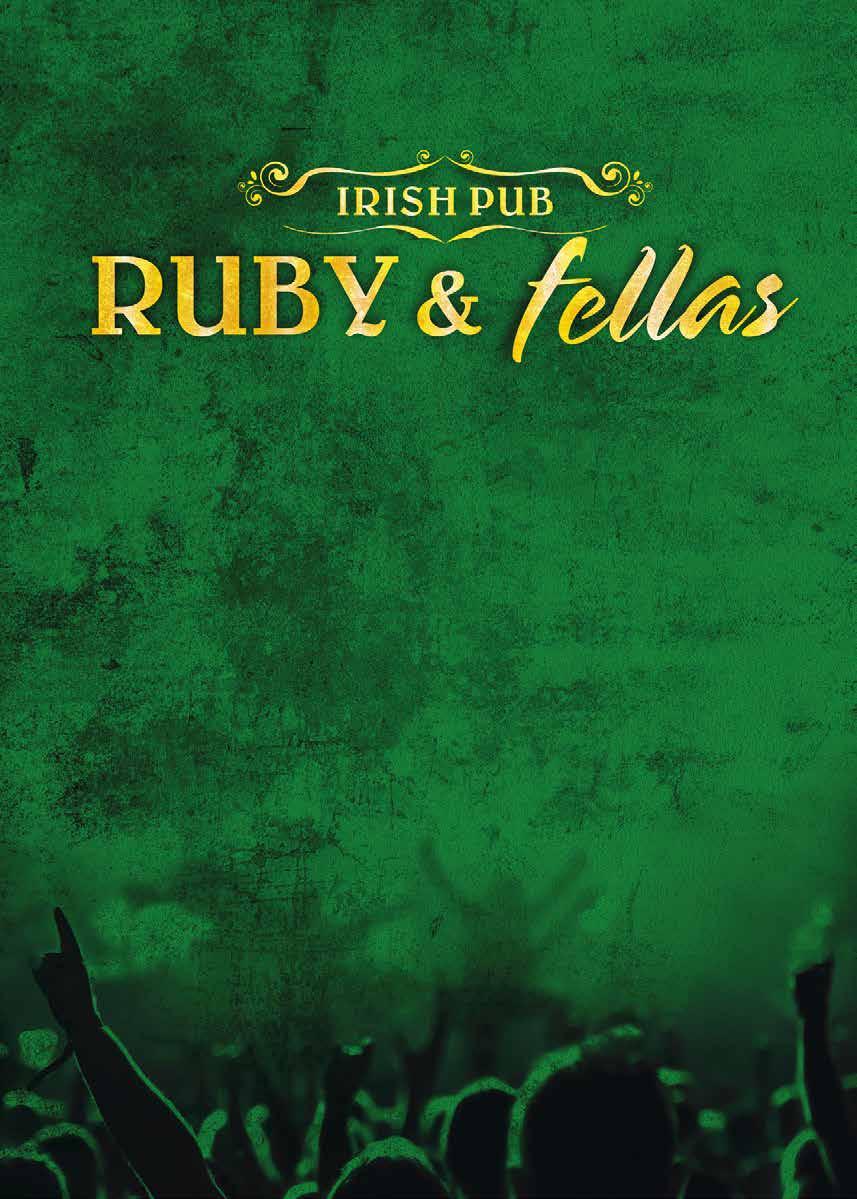
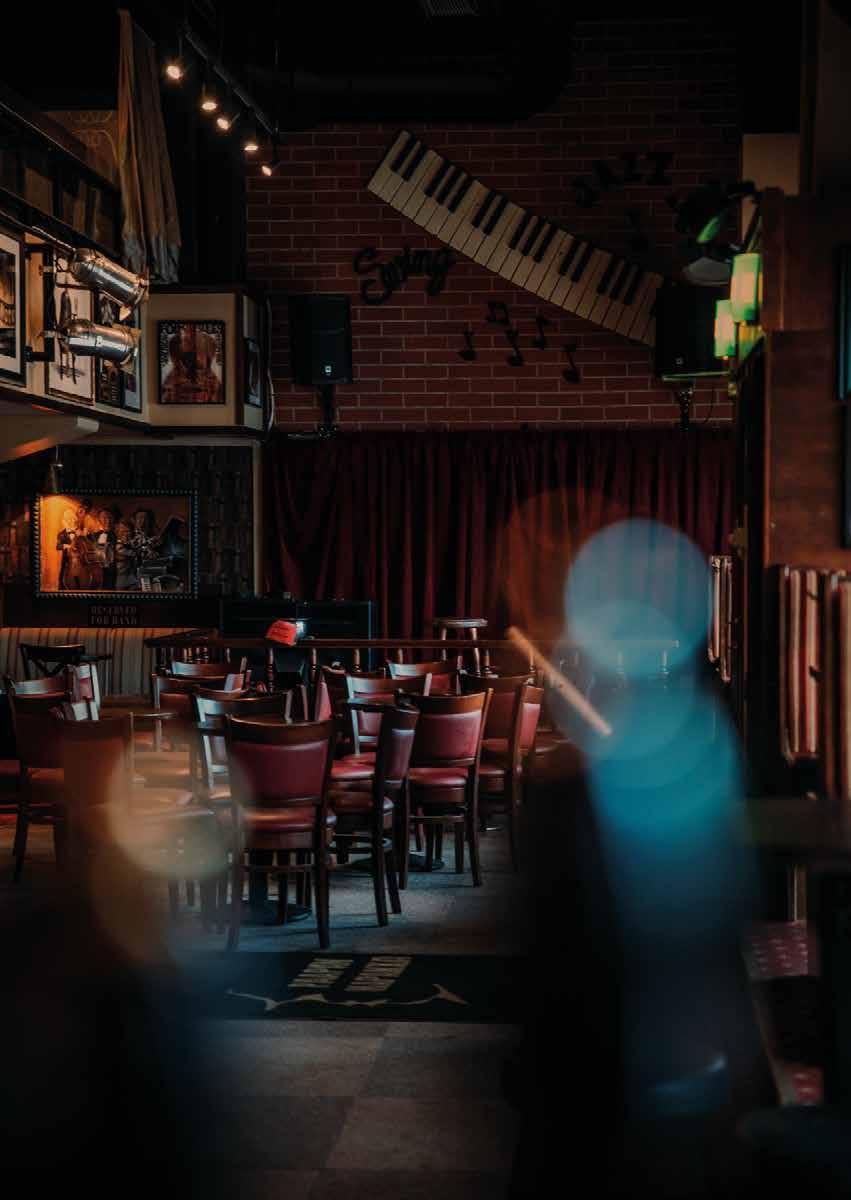
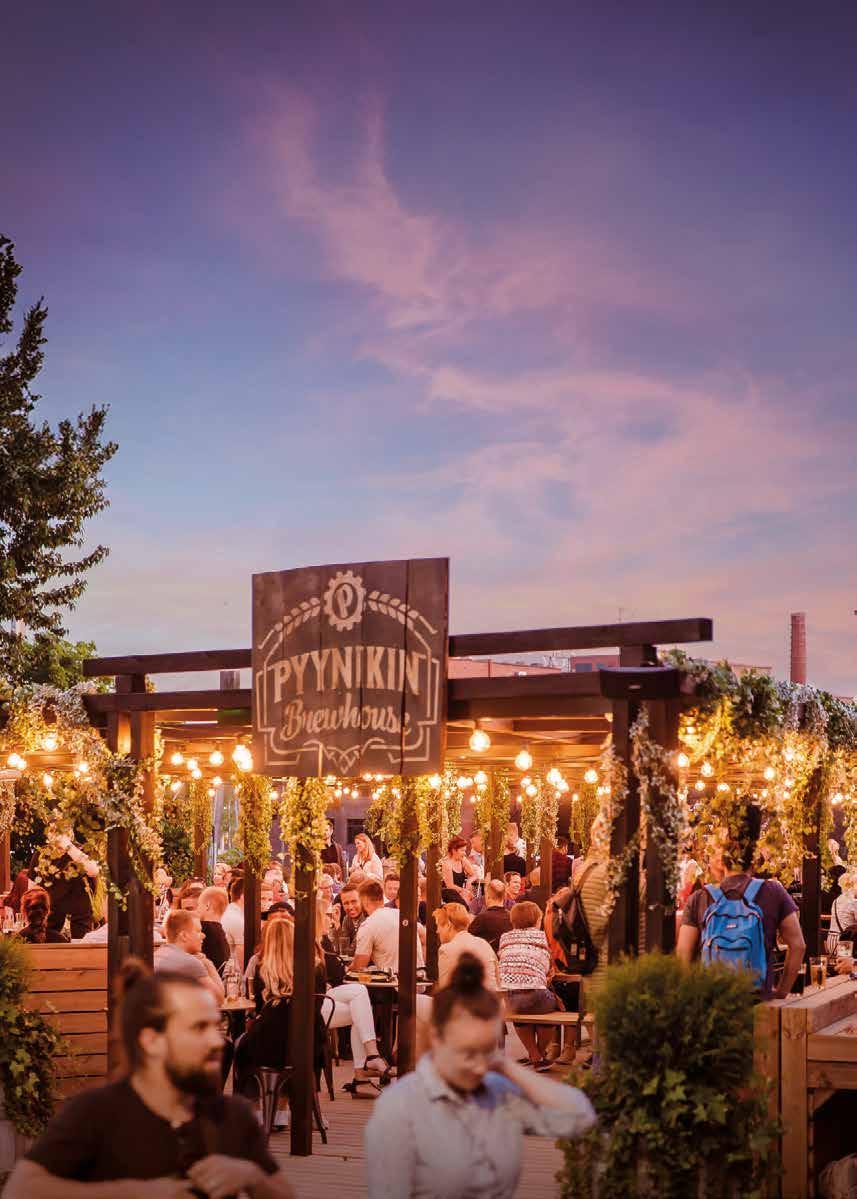

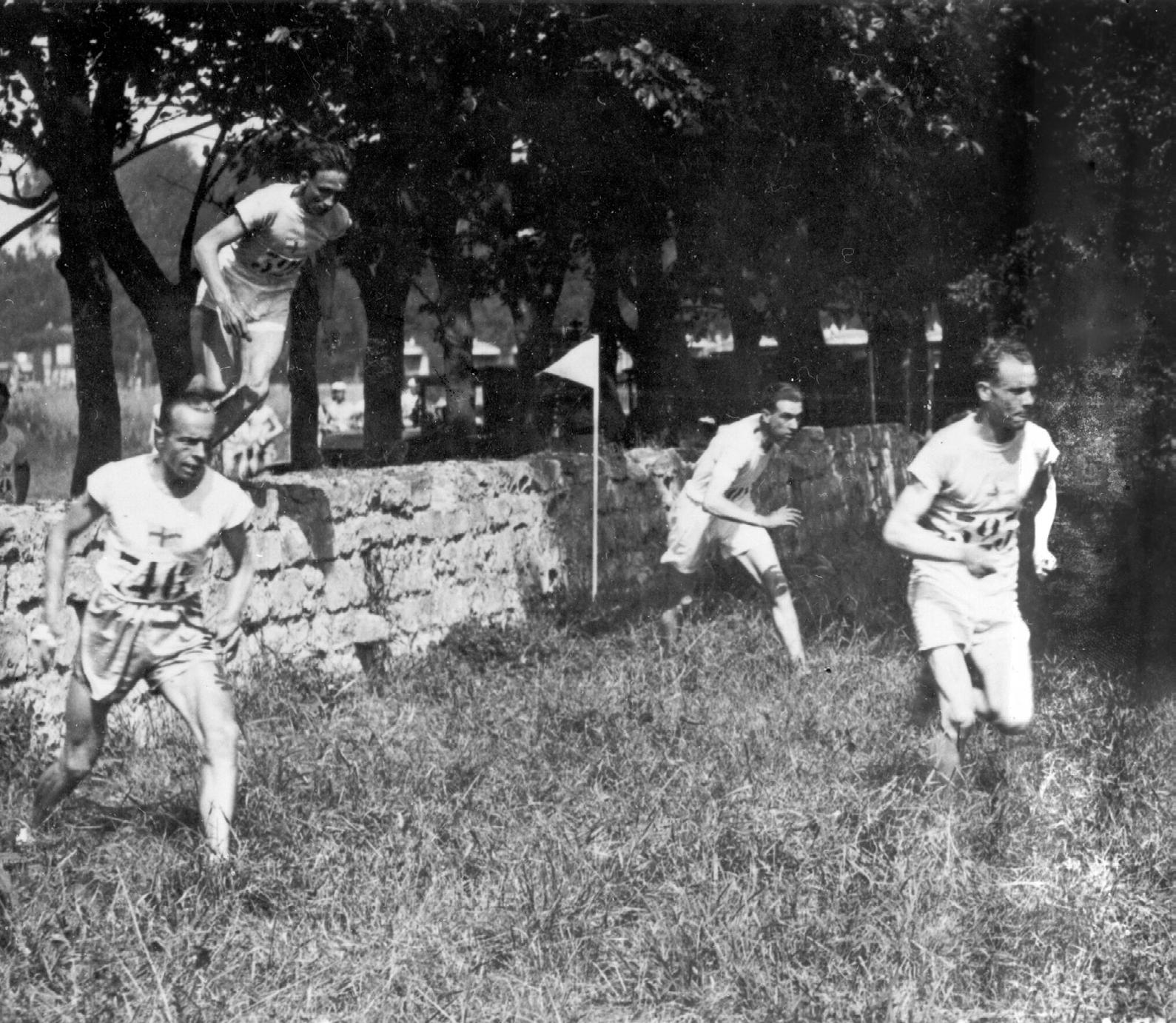
Paris will host the Olympics this summer after a 100-year hiatus. A lot has changed in that time, both in Paris and in Finland.
Written by Matti Mäkelä translated by Christina saarinenIn 1924, Paris is the pulsating center of a world recovering from the First World War; it’s everything that New York and London would be later. Ernest Hemingway arrived in the city back in 1921, and Gertrude Stein is running her cultural salon, supporting writers and artists such as Pablo Picasso, who has been living in the city for 20 years. Josephine Baker, perhaps the most iconic symbol of the 1920s “Années folles” in Paris, arrives the following year and immediately becomes a superstar. Later, this African-American dancer and singer will be named a Chevalier of the French Legion of Honor and awarded a medal for her work in the French Resistance during World War II.
The allure of Paris does not go unnoticed by Finns either. Mika Waltari, who rose to world fame with his novel The Egyptian, described the bohemian decadence of Paris in his early novel Suuri illusioni (The Grand Illusion): “God, how they live here! Only now have I discovered how depraved a person can be. Go stand at the bar of Le Select one night and you’ll see. I don’t care to say more. … It’s good to be here, anyway, to lose a little of those youthful dreams about the essential goodness of people and other garbage."
In th E su MME r of 1924, Finland is a young, poor and agriculture-dominated country that gained independence just seven years earlier, and only six years have passed since the end of the bloody civil war that divided the country. Finland’s three largest cities have a combined population of around 300,000 people (in Paris, there are nearly three million), and despite young Finnish artists’ enthusiasm for Paris, Finland is an inward-looking country where a visit by Josephine Baker led to protests as late as 1933.
Sports are of great interest to Finns, however, and are considered a way to increase national morale and make the country internationally known. Hopes are high leading up to the Paris Olympic Games because four years earlier, in Antwerp, Finland had won no less than 35 medals.
Those expectations are not disappointed, as Finnish athletes achieve a record of 37 medals in Paris, of which 14 are gold. On the medal table, Finland ranks second, after the United States. Finland’s achievement and the disproportionateness of the competition between the countries is emphasized by the fact that at the time, the United States already had more than 105 million inhabitants, while Finland had a little over 3 million.
Finland has changed enormously in a hundred years. The population has moved from the countryside to the cities, and the focus of business life has shifted from agriculture to technology, services and innovations. The combined population of Finland’s three largest urban areas is now roughly the same as that of Paris, a little over two million. (Of course, Greater Paris has more than twice as many inhabitants as the whole of Finland.) The new heroes are the founders and developers of companies like Supercell and Wolt, not long-distance runners. Even our sports heroes are generally extroverted stars of team sports, not silent loners like Paavo Nurmi.
However, not everything has changed. Somewhat surprisingly, Finland’s modest hopes for medals in Paris are in the same sports as a hundred years ago: athletics, martial arts, shooting and sailing. And despite the country’s internationalization and modernization (Josephine Baker would hardly cause protests in Finland these days), even in this year’s presidential election, opinion polls showed that a third of voters considered the homosexuality of one of the leading candidates as a reason not to vote for him.
Somewhat surprisingly, Finland’s modest hopes for medals in Paris are in the same sports as a hundred years ago: athletics, martial arts, shooting and sailing.
The biggest star of the games is Paavo Nurmi, who wins five gold medals, including both the 1,500-meter and 5,000-meter gold medals in the span of an hour. The cross-country race would also go down in history, with an overwhelming victory in almost 40-degree heat. Of the 40 participants, only 15 made it to the finish line, all of them more or less barely conscious, except for the superhumanly strong Nurmi. Finnish journalist and sports writer Martti Jukola described the dramatic final stages of the race: “Only when we see men collapsing on the field and others running back and forth, or from one side of the track to the other as if mad, do we suspect that our boys have fallen victim to the scorching sun. Some can no longer stand the excitement and cover their eyes when a Spaniard rounds a course marker like a rooster with its head cut off.”
At thE 2024 OlyMpic GaMEs, Finland will no longer be in the running to win the medal table, and no Finnish athlete has a chance of becoming one of the brightest stars of the games. In the summer games of the new millennium, Finland has so far achieved a total of 12 medals, and only one gold. At the current rate, the medal haul of Paris 1924 will only be matched in 2064, and in terms of gold medals, in 2284.
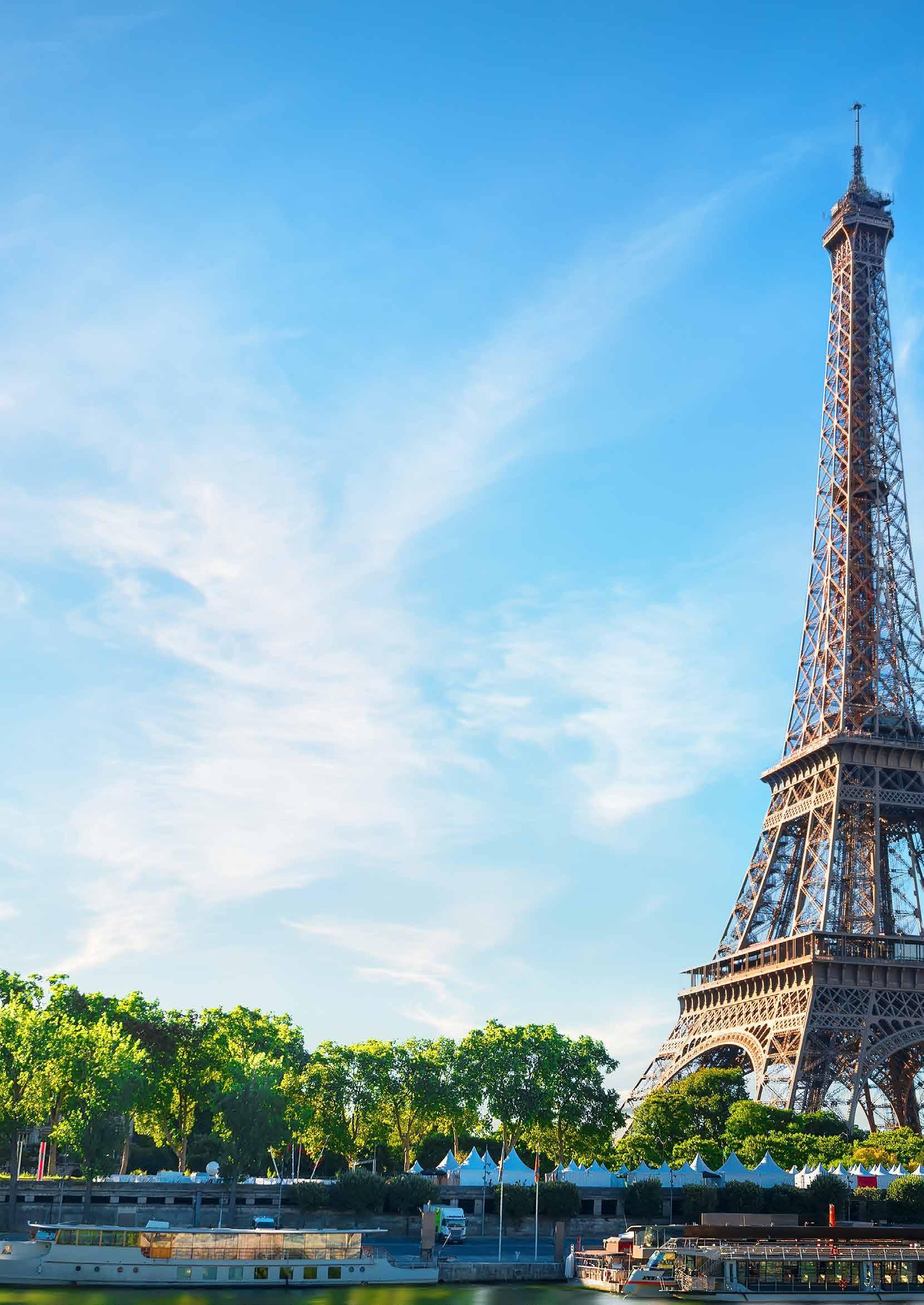
And what about Paris? Paris remains a favorite filming location for TV series and movies and is considered by many to be the most beautiful and romantic city in the world. According to another point of view, the city has become the world’s largest open-air museum, where the cafes are no longer populated by Hemingway, Picasso, Sartre, Camus or countless other lesser-known artists and writers, but by tourists looking for their ancient haunts. Paris seems to lack the dynamism that continues to characterize New York and London – its two main rivals over the last century. Paris enjoys admiration inspired by its past glory, while London and New York still look to the future. London and New York are world cities; Paris is just a really big French city.
On the other hand, this assessment may be overly harsh. Paris is still one of the world’s most important cities for culture, food and fashion, and hosting its third Olympic Games (only London has been able to do so previously) says a lot about the city’s international weight. Perhaps this is the prelude to a new era for a city that was founded in Roman times. Punk and rap may not have been born on the streets of Paris, but the next big thing may already be on the horizon, which will – to quote Asterix – make Paris the “greatest city in the world.” A metropolis that moves young poets like it did Mika Waltari a hundred years ago: "How could I imagine all that. The eyes of the semaphores and the hundreds of glowing lights of switch lanterns on the great railway yard, a sea of fire in a strange city, a big city, the splendor of advertisements on the walls of grand hotels." s
The Paris Olympics will take place July 26 to August 11, 2024.
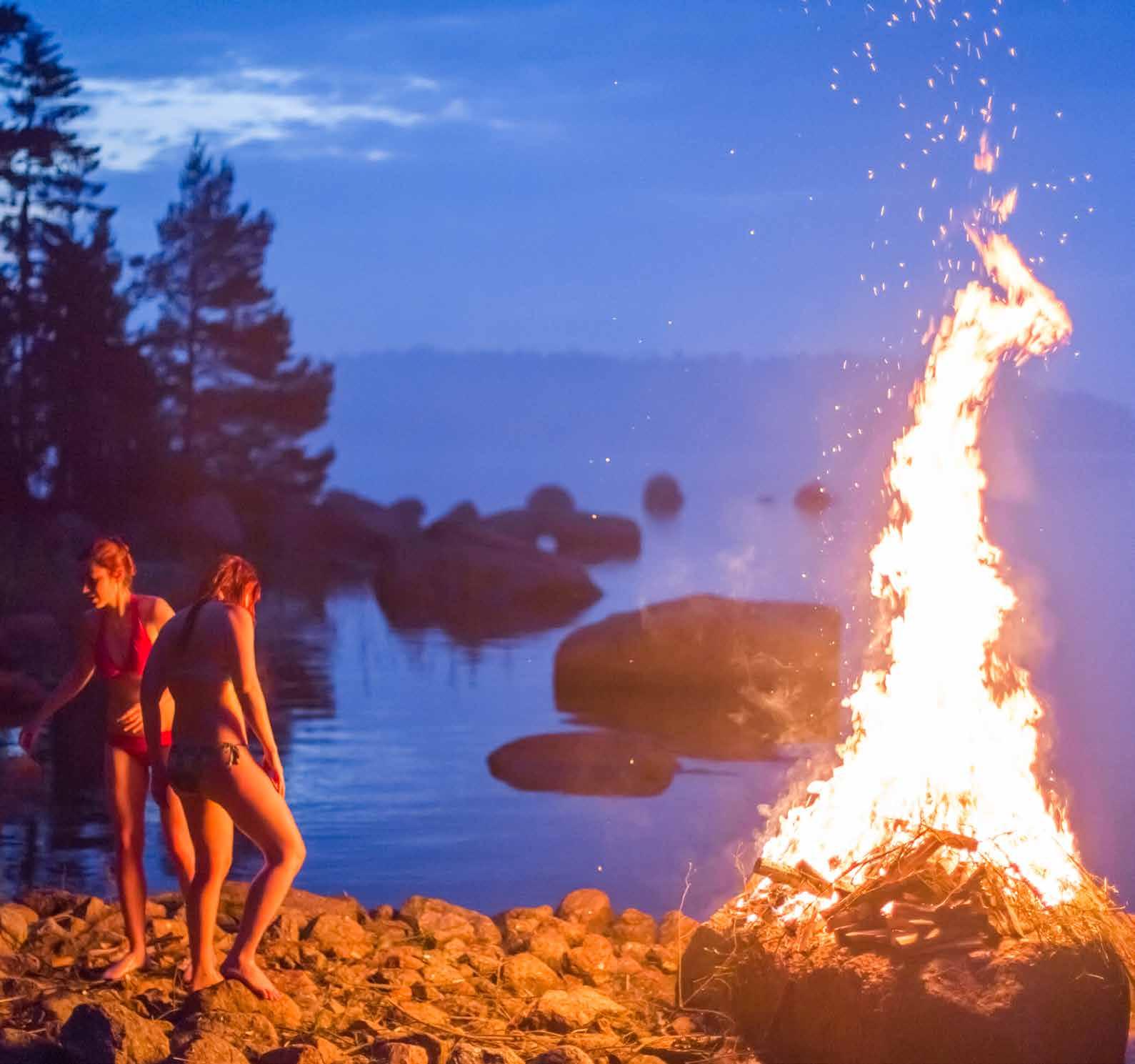
There is one striking commonality in the old Finnish Midsummer magic rituals: everything must be done naked.
Midsummer, which falls on June 21–23 this year, is one of the most, if not the most, beloved celebrations of the year for Finns. On Midsummer, we celebrate the longest day of the year, when the sun doesn’t set at all. It’s called the nightless night, and it has its own very special magic.
On Midsummer, every Finn is willing to do whatever it takes to escape to their summer cottage. The cities empty out, and it was even more extreme in the old days – nowadays the shops at least stay open. But even today, the cities are remarkably quiet on Midsummer Day,
and even in Helsinki, you can walk down the middle of the street without worrying about being hit by a car.
If you hate people and you want to be alone, Finland is exactly the place to be during Midsummer!
Since the sun never sets, Midsummer Night is associated with strange magic and magical rites. For example, Finns light bonfires on Midsummer. We’re talking proper, impressive bonfires along the shore in front of practically every summer cottage – though the authorities usually forbid it, citing the risk of forest fires. Often they are lit regardless.
Originally, the purpose of the Midsummer bonfire was to ward off evil spirits. Nowadays, people mostly gather around them to indulge in a different kind of spirits.
Midsummer dances are also traditional, gathering people together in some remote village to celebrate. A Midsummer sauna is self-evident. The Finnish flag plays a role, being hoisted on the flagpoles at 6 p.m. on Midsummer Eve. In Swedish-speaking areas in particular, a Midsummer pole is erected: crossbeams are attached to a tall, flagpole-like post and decorated with flowers and greenery. Unlike in the movie “Midsommar”, however, no one ends up sacrificed.
Midsummer, like many other festivals of the year, was originally a celebration related to ancient beliefs and light that has since been replaced by Christianity: Midsummer now celebrates the birthday of John the Baptist, hence its Finnish name, Juhannus.
So it’s no wonder that many kinds of spirits are said to be active on Midsummer Night, and that it’s also particularly auspicious for magic. The biggest objective of Midsummer magic by far is to improve one’s marital fortunes and hopefully see one’s future spouse in advance. (That’s wise, so you know to run away when the big moment draws near.)
For some strange reason, the magic also often requires that young maidens parade around in various places without clothes. Old-time wishful thinking, no doubt.
Nonetheless, the most well-known Midsummer magic is chaste: if you collect seven different kinds of flowers on Midsummer Night and place them under your pillow, you will see your future spouse in your dreams. An alternative outcome is hay fever.
If you’re especially eager to get out of your clothes, Midsummer Eve is a splendid opportunity. For example, if you look into a well,
pond or spring on Midsummer Night – while naked – you will see your future spouse.
It’s especially lucky for finding a spouse if on Midsummer Night you roll around naked in a dewy meadow. You might want to warn the neighbors in advance so they don’t call the police on you.
Every Finn knows the Midsummer magic that says that if you run naked from the sauna along the ditches of a rye field, you’ll find your groom at the ninth ditch. Don’t worry about the first eight. Of course, finding a rye field can be challenging these days.
Fortunately, other fields are also of use: if you circle a triangular field naked three times on Midsummer Night, you’ll come across your future life partner on the third lap. What a wonderful first meeting!
Another way to see your future spouse, and without so much physical effort, is by entering a rapid on Midsummer Eve and sitting on a rock in the water completely naked except for a straw belt. In Finland, the rapids are always full of shivering maidens during Midsummer, you see.
But why bother going the extra mile: if on Midsummer Night a girl sweeps the floor of her bedroom stark naked, with just a red string around her waist, the ghost of her fiancé will come to greet her. A bit creepy, admittedly.
ModErn tiMEs havE contributed to Midsummer magic as well. For the sake of equality, this magic is for the men: If on Midsummer, you spend three days at the cottage fall-down drunk, run pantless to the neighbor’s cottage looking to score, and on the way back stop to piss on the bonfire and fall in, then in the evening when you go to sleep, you can see, on the other side of the bed, your very-soon-to-be ex-wife. s
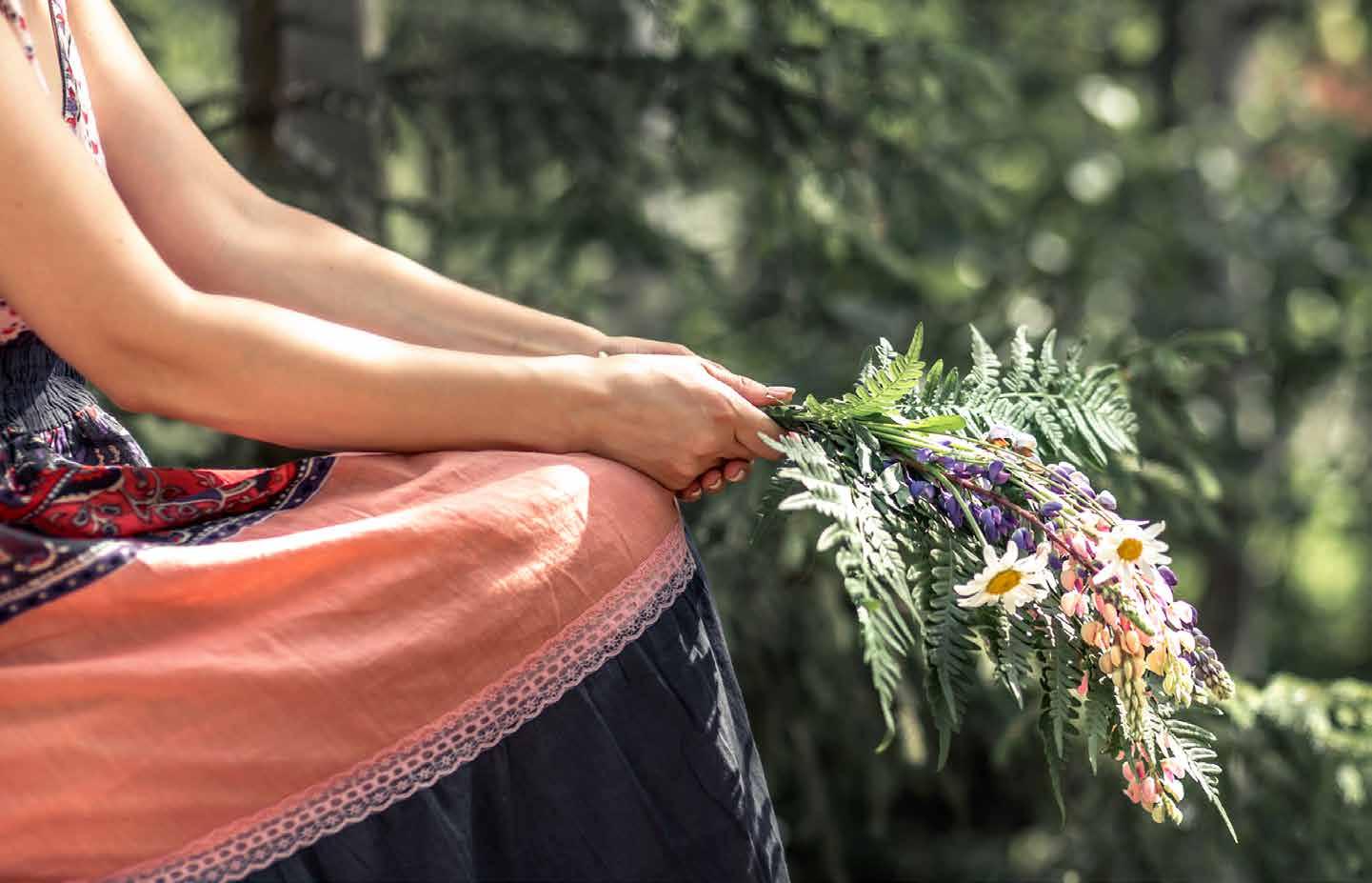
If you collect seven different kinds of flowers on Midsummer Night and place them under your pillow, you will see your future spouse in your dreams.
photo: Envato


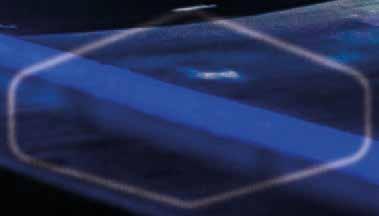







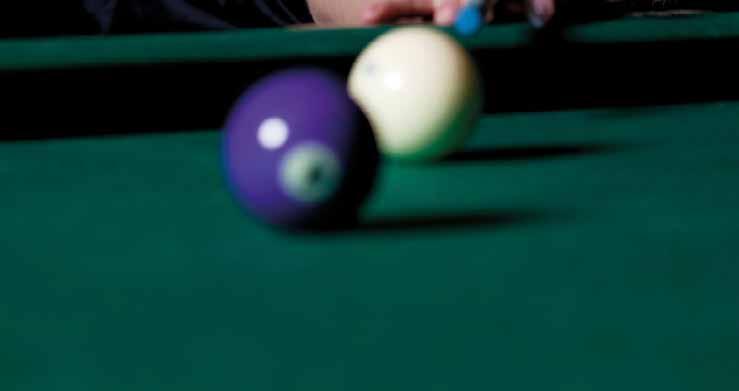
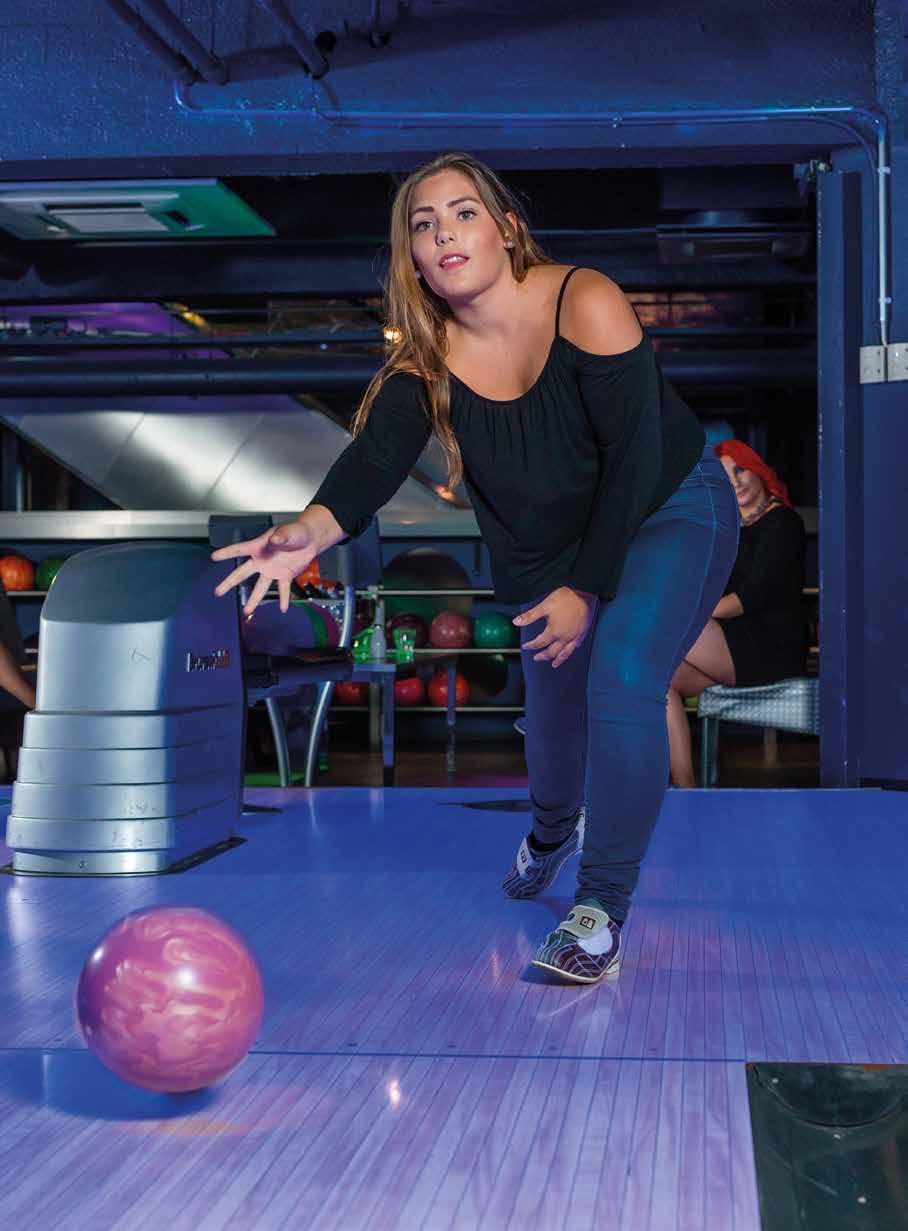

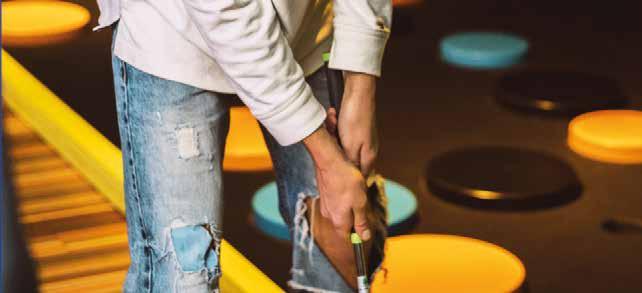

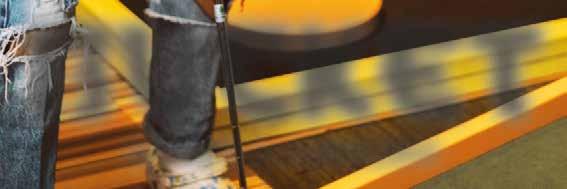


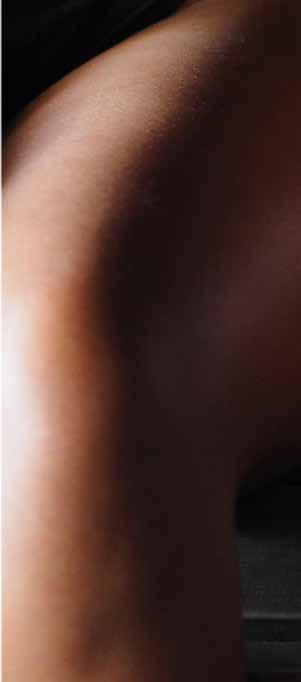


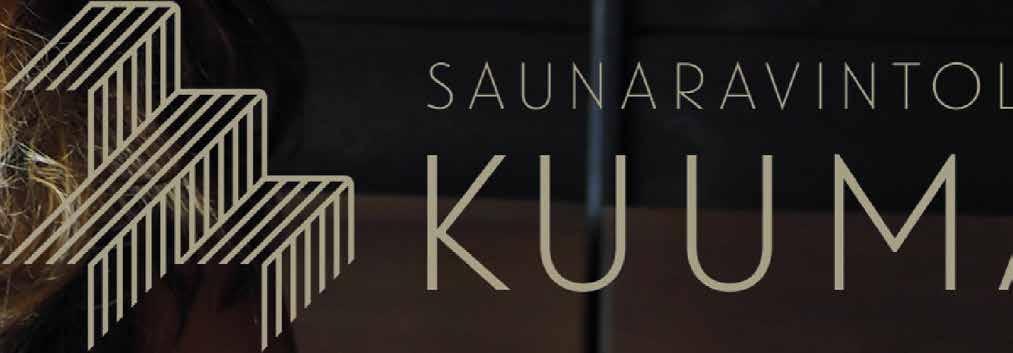



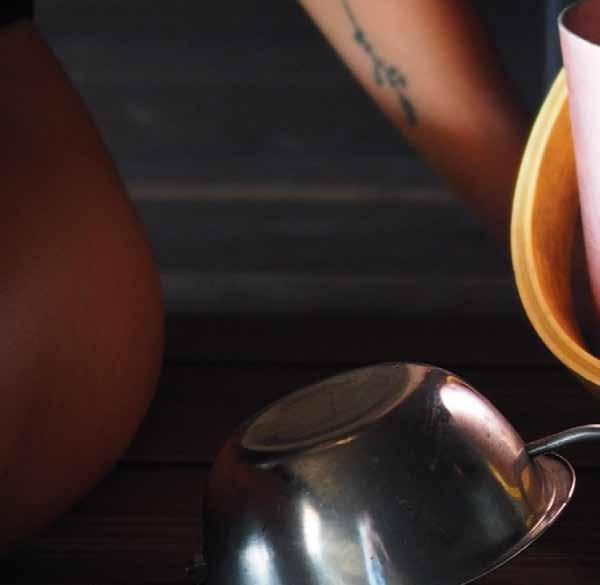


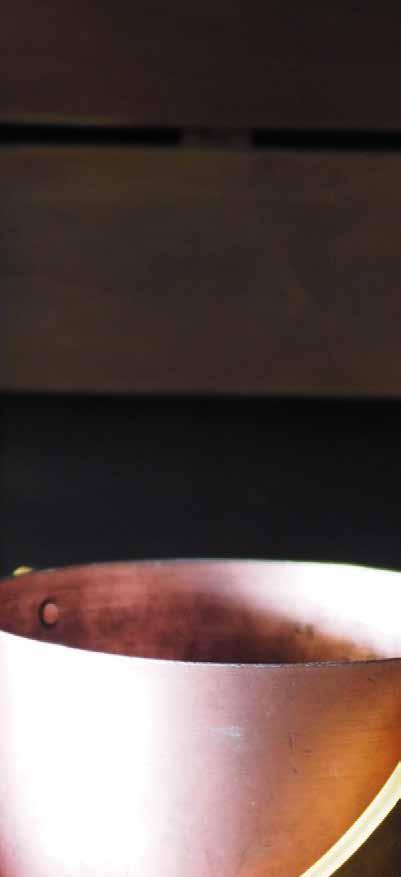








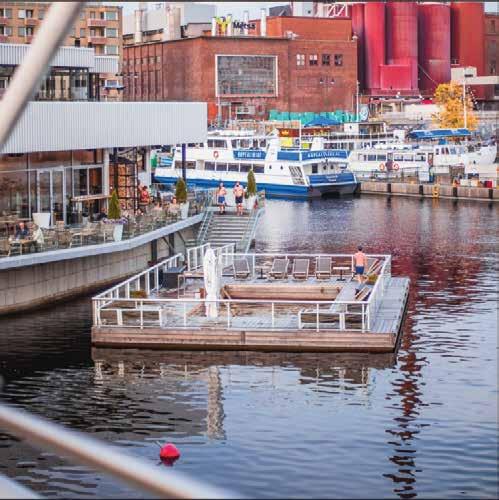



I found Iceland appealing from the beginning. It’s incredibly beautiful there - and the weather is always terrible.
Acouple of years ago, an interesting new acquaintance came to the attention of Finnish detective-novel fans: an Icelandic police officer named Hildur, who solves crimes in the rugged landscapes of her homeland. The force behind Hildur is a Finn, however: Satu Rämö, who has lived with her husband on the island of fairy tales since 2008.
Readers have now followed Hildur’s story across three books, which have been an exceptional success. Of the three top bestselling Finnish books of 2023, three were by Satu Rämö! Hildur’s appeal has also been recognized abroad: the translation rights to the books have been sold into many languages, and of course a TV series is also in the works.
The author herself is a little embarrassed by the success because Hildur was her first work of fiction, though she has been writing her entire life:
“I’ve always thought that the coolest thing you can do in life is write. For me, writing is a way of organizing the chaos inside my head into the form of text. I had previously done several nonfiction books and worked as a journalist. But the big question was, can I write fiction? There was only one way to find out, by giving it a try.”
The first Hildur book will be published in Icelandic this fall:
“It’s exciting to find out what Icelanders think about it. Will they read it as some foreigner writing about their country, and does she even know anything about it? Or will they just read it like a crime novel?”
Rämö has an Icelandic husband, but it’s not the usual following-one’s-spouse-abroad story:
“I fell in love with Iceland first and only met my husband later. I think it was a good thing, too. This way, you don’t feel like you’ve been half-forced to follow after someone else. I found Iceland appealing from the beginning. It’s incredibly beautiful there – and the weather is always terrible. I met my husband the classic way, in a bar, on a trip in 2006, and when we met, I thought to myself that if we started dating seriously, it would be a good excuse to move there.”
And they’re still on that road, although last year the family spent a long stretch in Lapland, in Äkäslompolo:
“I love winter, and we go to Lapland every year for downhill and cross-country skiing because Iceland doesn’t have winter like in Finland. We also hoped that our kids would learn to write Finnish properly – they do speak it, but writing requires a little more work. So we decided to spend time in Finland so they can go to school here. And while we were at it, I got the idea that we could go to a place where you can ski. It was just a visit, though. Our home is in Iceland.”
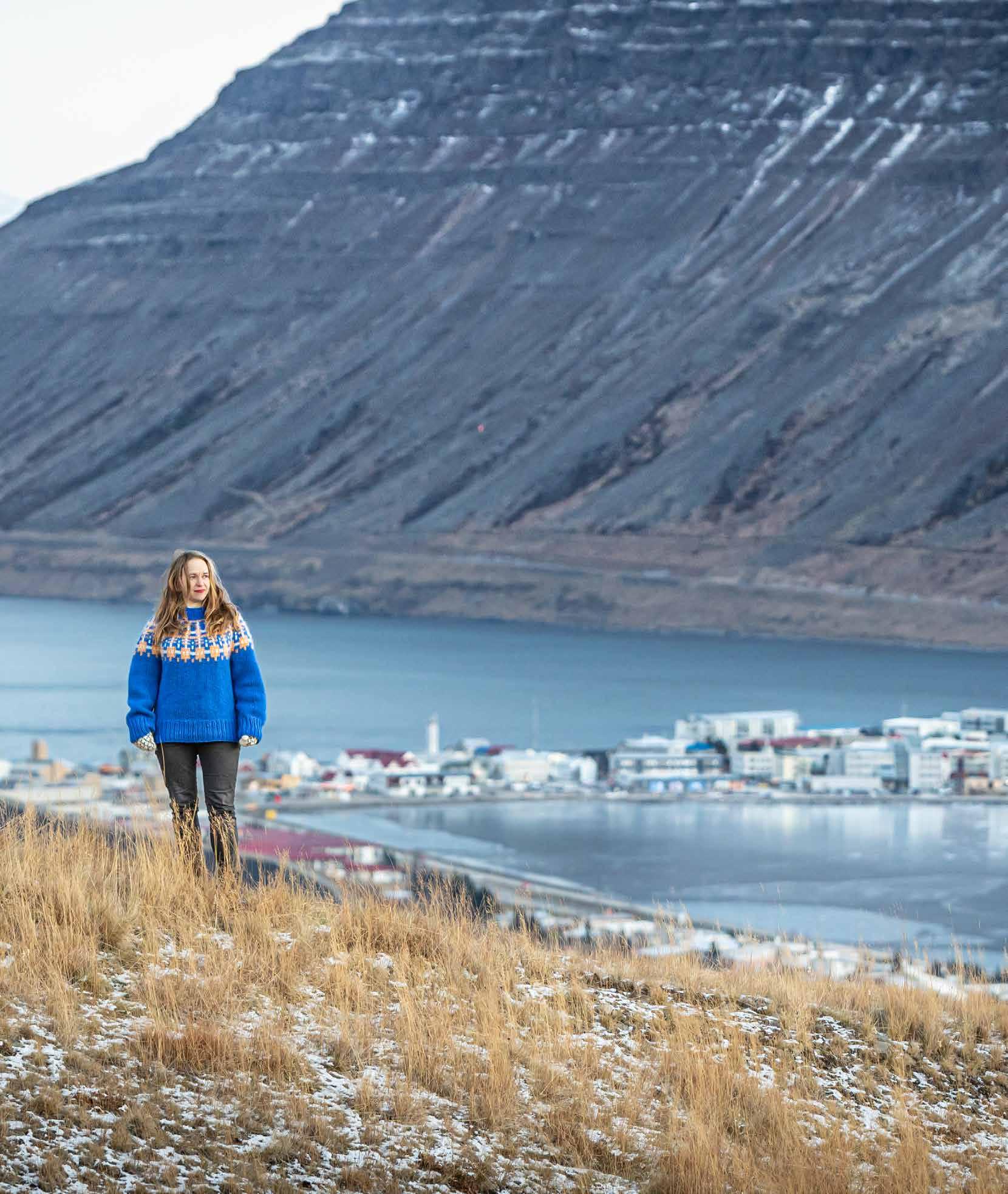
Rämö is a typical writer in the sense that up until now, she has worked other jobs in order to be able to write. In terms of her education, however, she is an exception: Rämö has graduated from business school. She believes it has been useful in her work as a writer:
“When the story is in your head and you need to get it out onto paper, what they teach at business school will at least help you manage your own work. I mean, that you need to have a plan, and carry it out step by step, and so on – it’s a bit of an engineer’s approach to things, which suits me.”
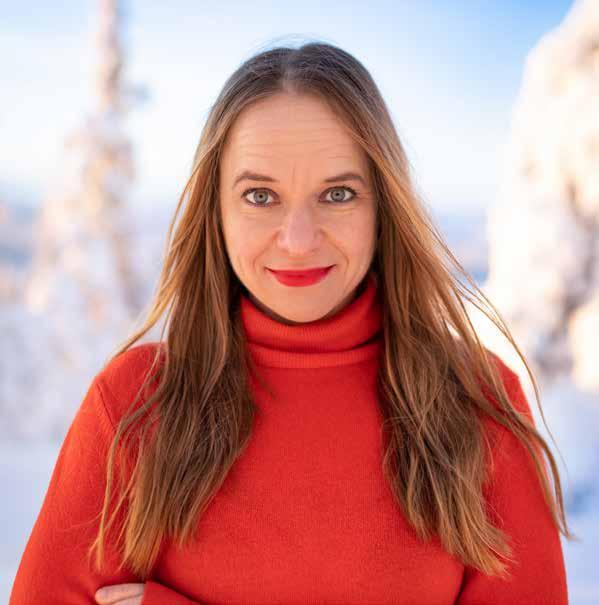
Rämö’s specialization was in marketing:
“A lot of people in business school thought that marketing is a bit silly, but it really isn’t! It’s psychology, and you also learn how people behave. I still do work in digital marketing.”
I’ve always thought that the coolest thing you can do in life is write.
Iceland is a special country in many ways, but it also has something in common with Finland:
“The allure of Iceland is not just the nature but also that it’s so sparsely populated. You can be alone there: That is my mountain, and that is my waterfall. In Finland, you might find something similar on the remote islands of the outer archipelago, maybe somewhere out by Åland. When we visited Utö, Finland’s southernmost inhabited island, my kid said ‘Mom, it’s kind of like Iceland here.’ Maybe it’s the feeling that nature is big and I am small. It’s probably what tourists are looking for, too. And, of course, it’s similar to Iceland in Lapland,” Rämö says.
Fifteen years of Icelandic living has also taught her to see the good things in her native country:
“From the perspective of Iceland, Finland looks wonderful! Everything here always works. Well, when you actually live in Finland, you realize it’s not quite true. But from the outside, it really seems that way: recycling works, healthcare works, the trains are running, there are libraries in every village, you don’t have to own a car. The services in Iceland aren’t as good because there are so few people.”
There are also personality differences between Iceland and Finland: “People live much more strongly in the moment there than in Finland. In Finland, people always make proper plans, and everyone knows how to fall into two straight lines and march smoothly forward, but in Iceland everyone does their own thing and they spontaneously try all kinds of things. There’s a lack of continuity and planning,” Rämö says.
Her theory is that it is due to nature: “In Finland, you aren’t bothered by volcanoes or winds that are so dangerous that it’s forbidden to go outside. So the moment you’re able to do anything in Iceland, you do it to the fullest. Personally, I find it a bit annoying, since I’m such a big planner. Fortunately, my work is mostly in Finland, so I don’t have to deal with Icelanders!”
A small amount of Icelandic exuberance, however, is a good thing: “It’s something Finns could maybe learn from. The courage to do things you haven’t done before. For example, when I was still wondering whether I would be able to write fiction, my husband immediately said, try it and you’ll find out.”
Alongside the Hildur novels, Rämö has also found time to write a small knitting book, Siggan ja Satun islantilaiset villapaidat (Sigga ja Satu’s Icelandic sweaters). But Rämö vehemently denies being a good knitter:
“In Hildur, the second main character, a man, knits sweaters as a hobby, so I had to find out how it’s done. I tried to learn from YouTube videos at my office. Sigga happened to be my officemate and wondered what I was doing. I explained that I needed to learn how to knit for my book. She said it was the most absurd reason she had ever heard, but she promised to teach me.”
It turned out that Sigga was a professional in the field. And that’s not all: she said she had been dreaming of writing a book and had all kinds of sweater designs ready, but she didn’t have the skills to write it. So she asked Satu.
“I really didn’t have time for it, but on the other hand, she had taught me to knit, so I owed her. She had the instructions ready, but I had to dig up stories for the patterns and do the writing. It turned out to be a really nice book. There are slightly easier patterns that even I could make, and then there are more difficult ones. Knitting really is very relaxing. The repetition, repetition, repetition – while you’re doing it, all kinds of things come to mind,” Rämö says.
Things like ideas for new novels?
Yes, indeed:
“From the beginning, I had three stories in mind for Hildur, but as it often goes, the story started to grow. I didn’t have time to deal with this or that, and that other thing could also be interesting, and so on. So the fourth book, Rakel, will come out in the fall. Maybe it’s a little like what my grandmother used to say when she really didn’t feel up to going for a walk: if she went anyway, it would give her energy, and she would manage better next time. Doing the thing doesn’t take away your energy, it adds to it. In the same way, the stories feed each other.” s
Flowpark – The best way to spend your leisure time



Flowpark is an ecological adventure park where you can test your guts on a number of different trails. Flowpark is suited to all active, sporting and slighty adventurous people of all ages. Challenge yourself, welcome to Flowpark Varala!
Varalankatu 36 Tampere | www.flowpark.fi

Immerse yourself in our Tampere-themed escape games!
Seven different Tamperethemed escape rooms in the heart of Tampere, playable in Finnish and English
Kaupunkiseikkailu Lost Love; ratko pulmia ja tutustu samalla Tampereen keskustaan
WWW.GETAWAY.FI
Open by appointment, seven days a week
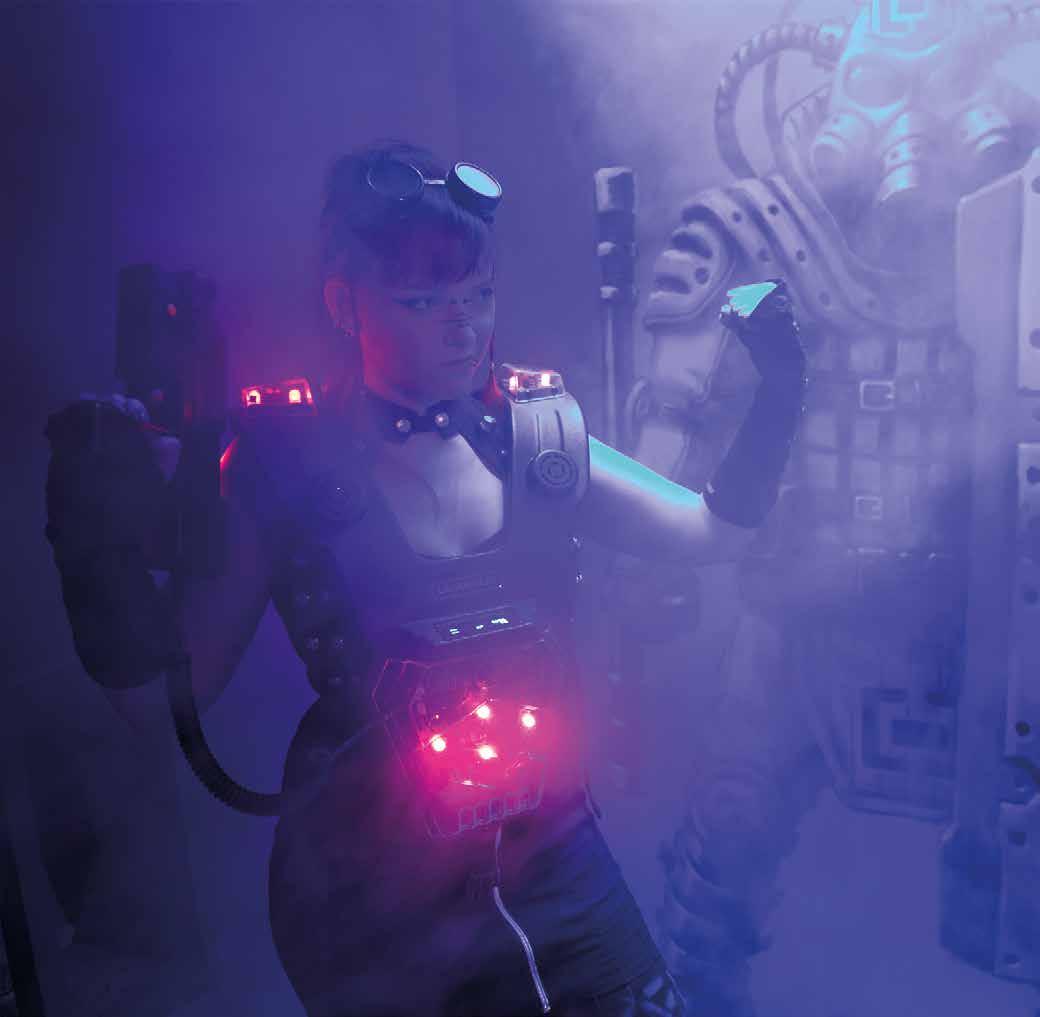
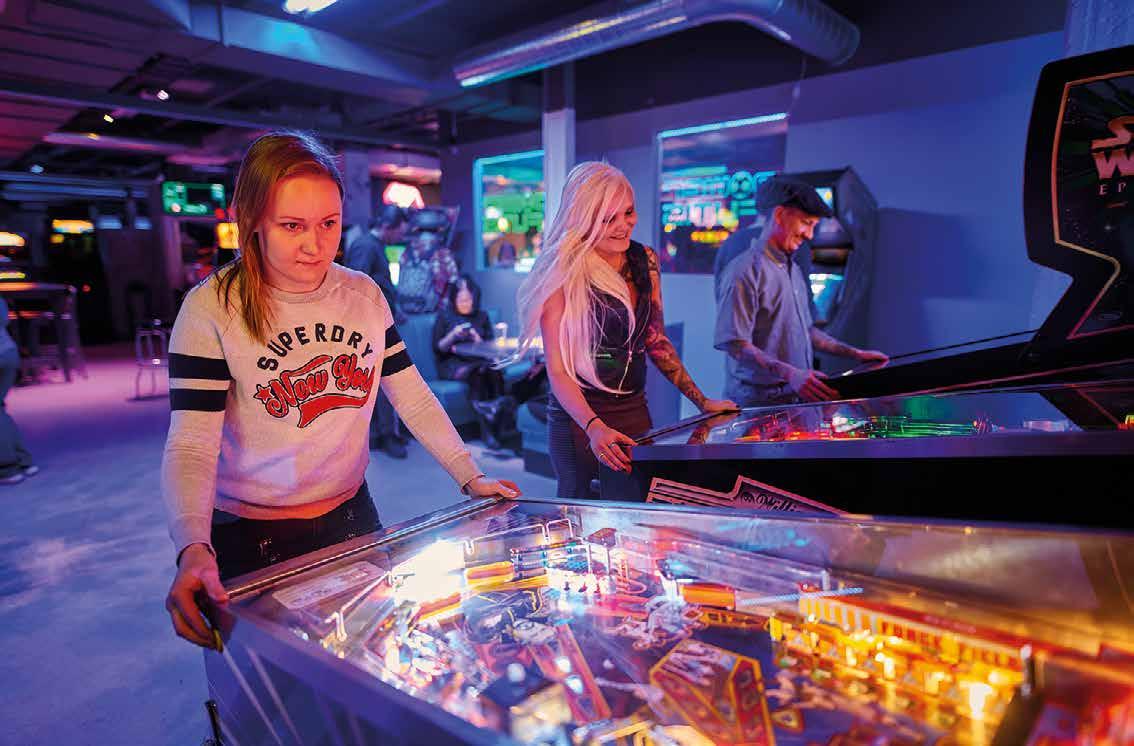





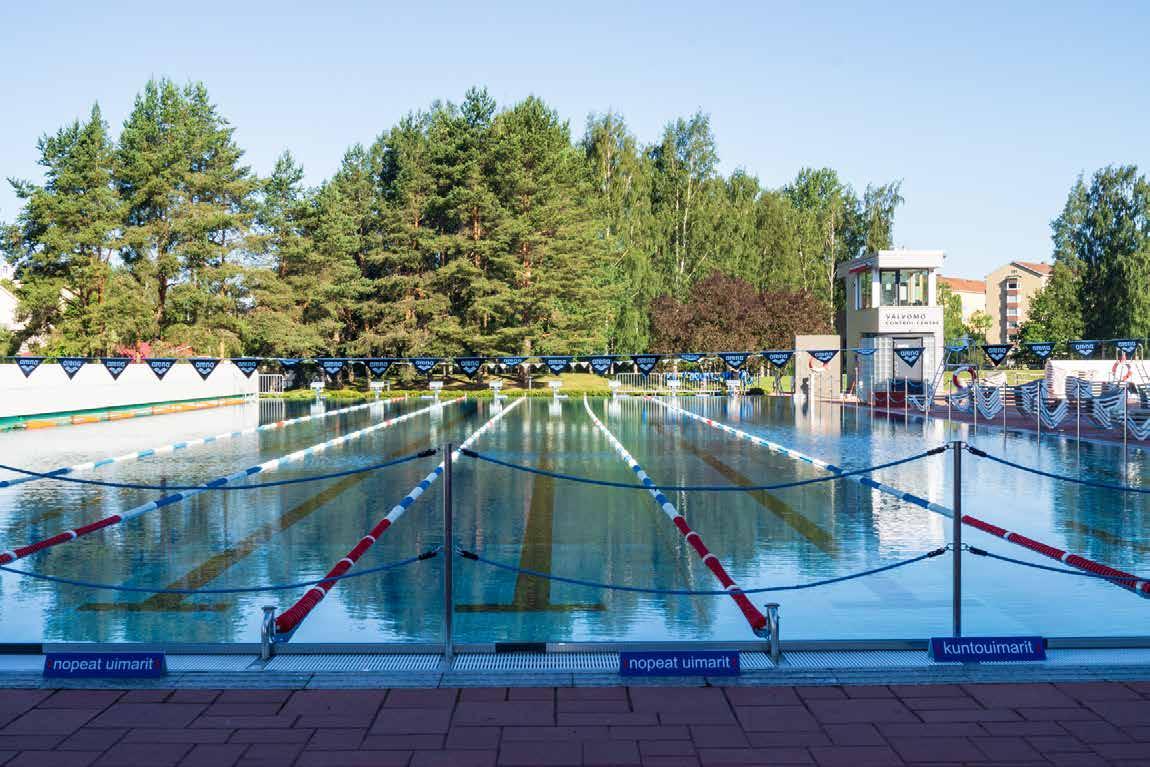

The pool is located near the city centre and easy to reach by tram, bus or car. Facilities include changing rooms and showers. There is a café where you can enjoy hot and cold beverages, ice cream and snacks. The area has sun loungers for relaxation and an extensive lawn area for children's play, games and sunbathing.
The connection to ocean from the Tampere region was cut when the ice age was finally over. As the ice melted, the land rose up and the lakes were born – also Näsijärvi and Pyhäjärvi, and little later the Tampere Rapids. A must see attraction from the ice age is Pyynikki, a 90 hectare ridge area, which is almost in the centre of the city. From here there are marvellous views to lake Pyhäjärvi. It is also a beautiful place for other outdoor activities.
Tampere was an ideal place to build a village, because there were good waterways to both north and south. The first signs of permanent living in the area are from the 7th century.
By the 13th century Tampere region had grown, and it was an important market place. It was inhabited by the Pirkka tribe and even today the Tampere province is called Pirkanmaa, “The land of the Pirkka”.
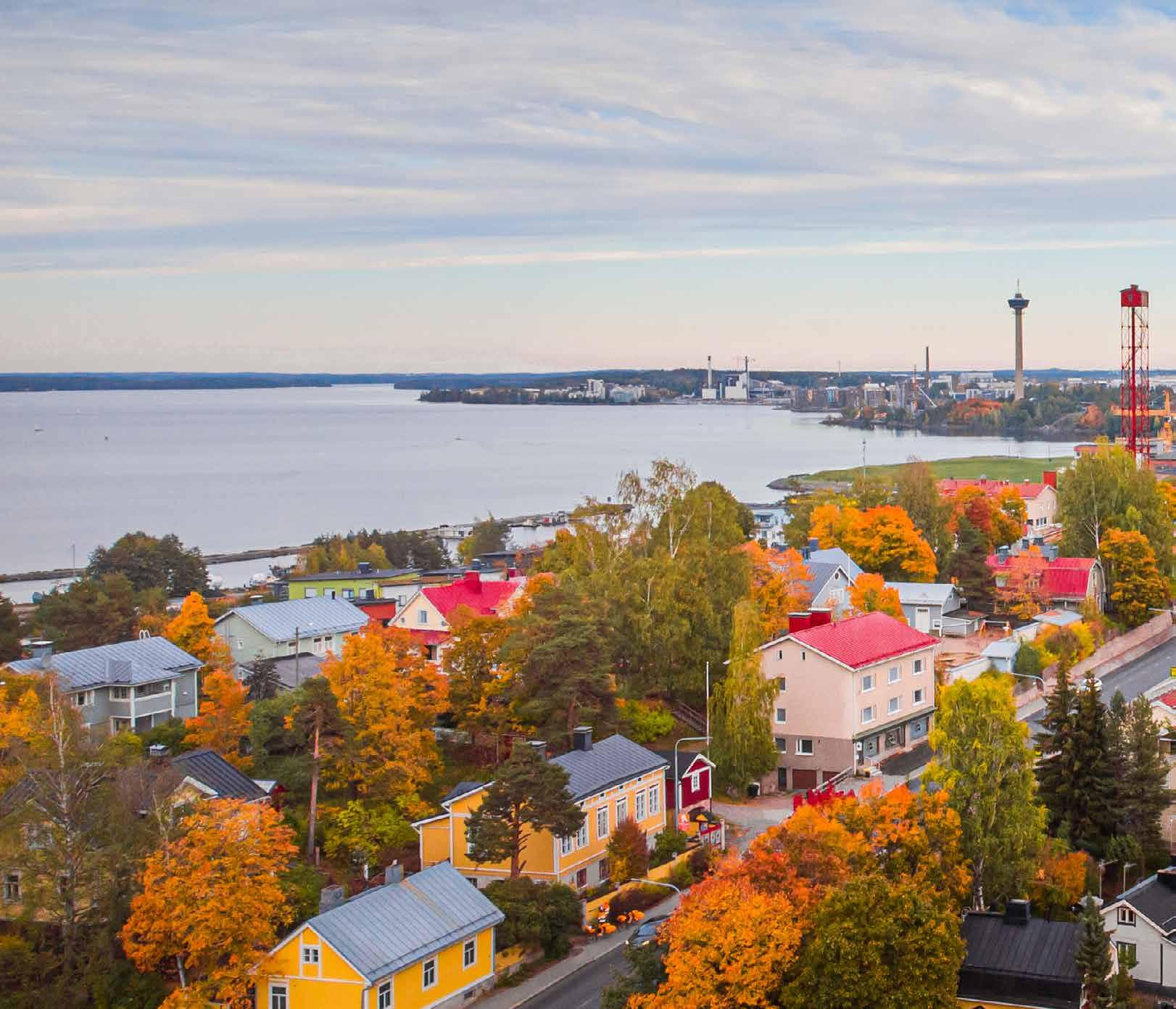
Tampere was not yet an actual city, but in 1638 Finland’s governor Per Brahe ordered two yearly fairs to be held at the the Tampere Rapids. That’s why Turku – the then capital of Finland – and Tampere have got a special connections of fates, for when the whole city of Turku burned in 1827, the damage was so severe partly because all the men from Turku happened to be at the Tampere fair.
The King Gustav III of Sweden finally granted Tampere the full township status. And no wonder, because Tampere was huge: 3.2 square kilometres with population of no less than 200!
The beautiful old church of Tampere was built. The architect was Charles Bassi.
A Scotsman called James Finlayson set up a cotton factory near the Tampere Rapids. It was the first but not last major factory in the remarkable industrial history of Tampere. Finlayson still is a brand every Finn knows. Also from that time on, the use of waterpower from Tampere Rapids became important.
From the 1840’s Tampere became the most industrialised city in Finland. Soon there were factories that made iron, paper, machinery, clothes, shoes and many other things. Even to this day Tampere is sometimes called “Manse”, which comes from the saying that Tampere is the Manchester of Finland.
Tampere is also a vibrant theatre city. The first one, Tampereen Työväen Teatteri – The Tampere Workers Theatre – was established 1901. In 2020 there are over 10 professional theatres in the area.
In 1918 Finland was torn by a civil war with two sides: the “reds” and the “whites”. As a working class city, Tampere sided with the reds (who lost). Tampere saw severe battles, thousands died in war efforts and even more in prison camps.
Finland was in war against Russia, and Tampere was an important centre of war industry. For example Tampella made mortars and cannons. Tampere was also bombed, but luckily there was little damage.
Näsinneula, the high tower that Tampere is famous for, was built. Few years later The Särkänniemi Amusement Park opened its doors.
During the 90’s the heavy industry of Tampere was in trouble. One reason was the collapse of Soviet Union, but all and all the world was changing. The chimneys were no longer active, and the factories shut down. Nowadays they are renovated for apartments, museums and such. Industry in today’s Tampere in mostly high tech.
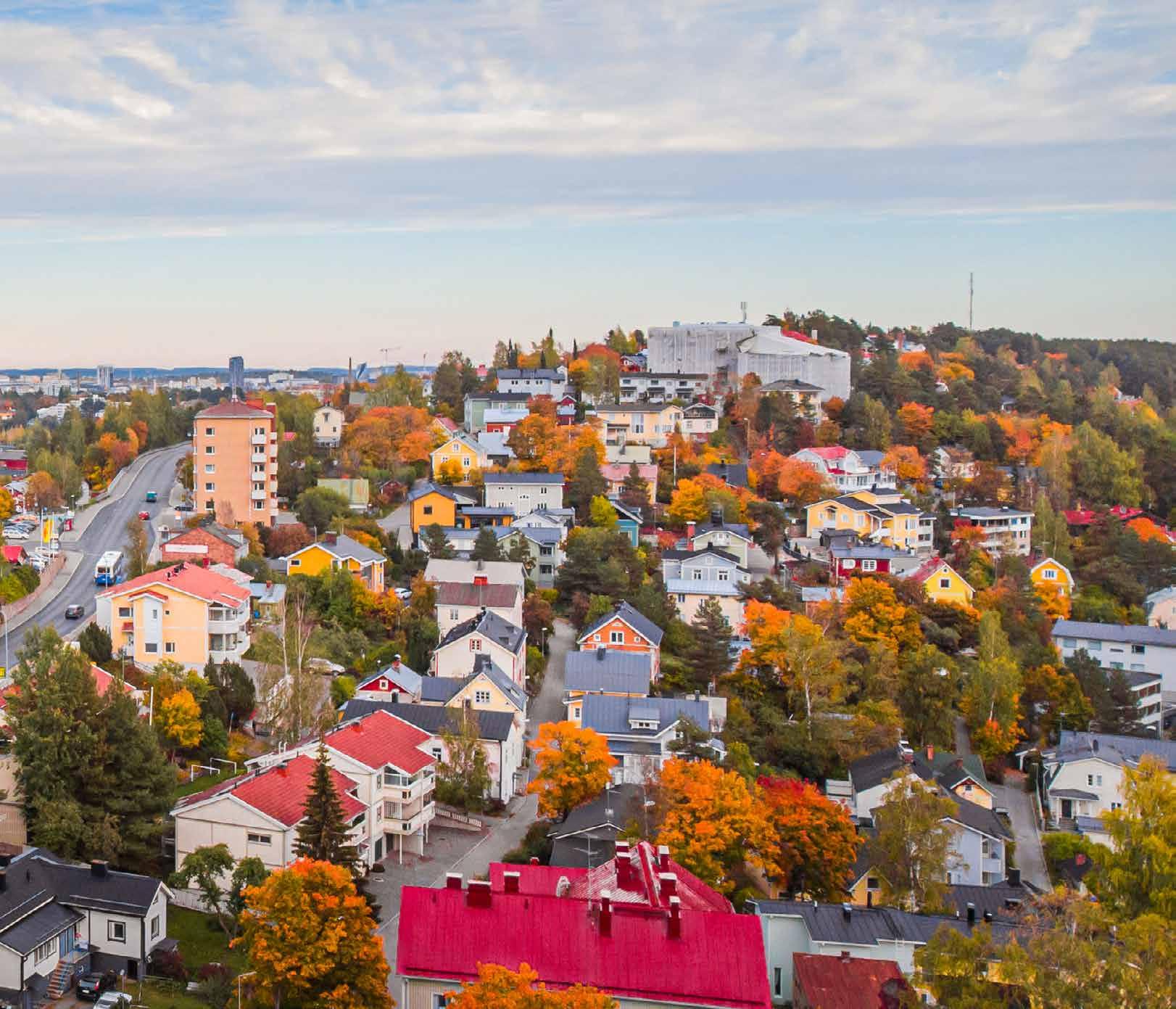
Tampere is the third biggest city in Finland, with 255,000 inhabitants in the city. It has four universities and a very vivid cultural life. Tampere is also a city of vision and courage: the brand new tramway is a good example of that! s
ARE HERE! Hotels providing Tampere Times are marked on the map with numbered blue dots. The list of hotels can be found on page 24.

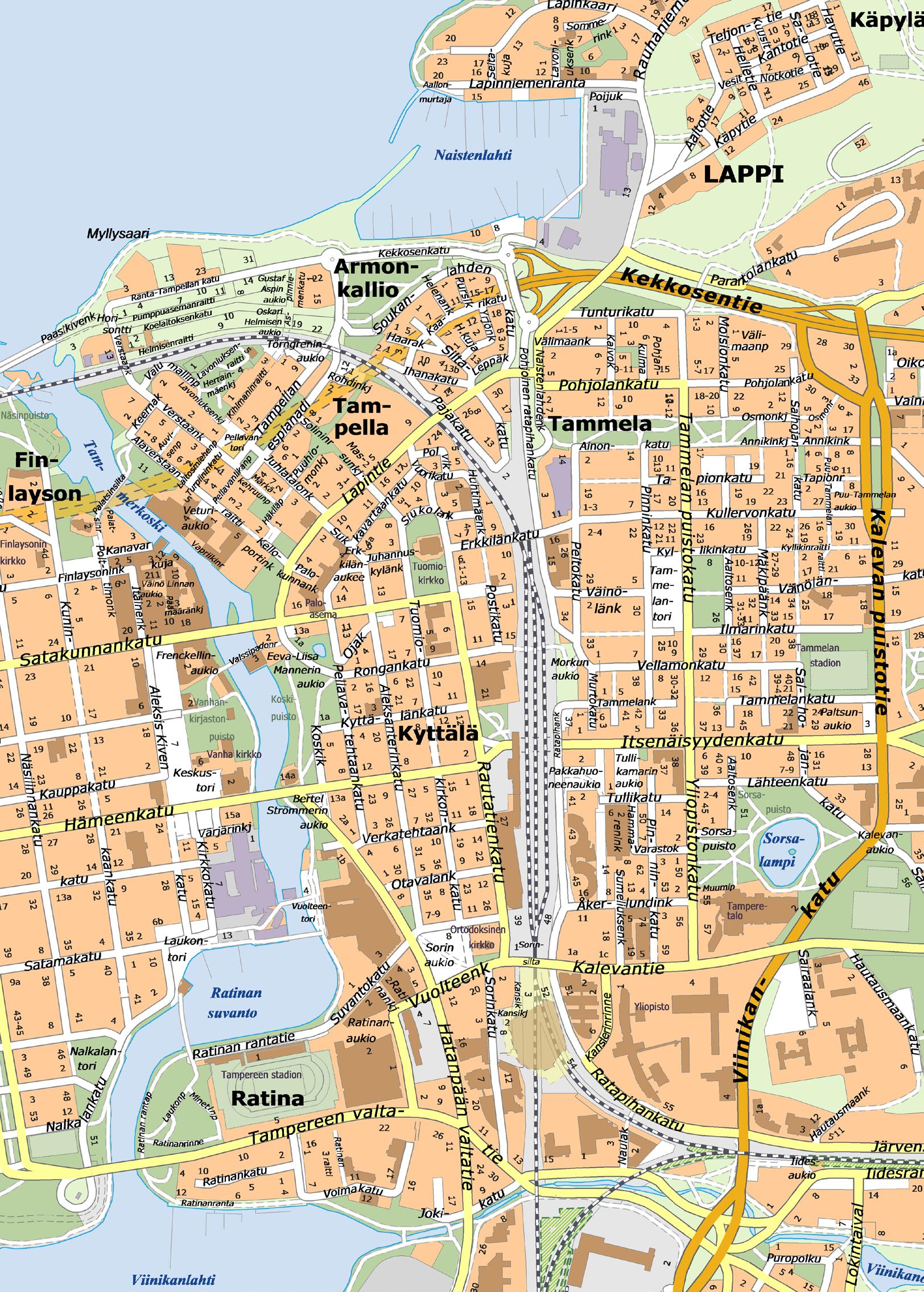
01 courtyard by Marriott taMpErE city hotEl
Yliopistonkatu 57, 33100 Tampere
Tel. +358 29 357 5700 www.marriott.com
02 drEaM hostEl taMpErE
Åkerlundinkatu 2, 33100 Tampere
Tel. +358 45 236 0517 www.dreamhostel.fi
03 holiday inn taMpErE cEntral station
Rautatienkatu 21, 33100 Tampere
Tel. +358 3 2392 2000 www.ihg.com
04 hotEl hoMEland
Kullervonkatu 19, 33500 Tampere
Tel. +358 3 3126 0200 www.homeland.fi
05 hotEl kauppi
Kalevan puistotie 2, 33500 Tampere
Tel. +358 3 253 5353 www.hotelli-kauppi.fi
06 lapland hotEl taMpErE
Yliopistonkatu 44, 33100 Tampere
Tel. + 358 3 383 0000 www.laplandhotels.com
07 lillan boutiquE hotEl
Kurjentaival 35, 33100 Tampere
Tel. +358 10 200 7305 www.lillan.fi
08 original sokos hotEl ilvEs
Hatanpään valtatie 1, 33100 Tampere
Tel. +358 20 123 4631 www.sokoshotels.fi
09 original sokos hotEl villa
Sumeliuksenkatu 14, 33100, Tampere +358 20 123 4633 www.sokoshotels.fi
10 radisson blu
grand hotEl taMMEr
Satakunnankatu 13, 33100 Tampere
Tel. +358 20 123 4632 www.radissonblu.com
11 scandic EdEn nokia
Paratiisikatu 2, 37120 Nokia
Tel. +358 3 4108 1627 www.scandichotels.fi
12 scandic rosEndahl
Pyynikintie 13, 33230 Tampere
Tel +358 3 244 1111 www.scandichotels.fi
13 scandic taMpErE city
Hämeenkatu 1, 33100 Tampere
Tel. + 358 3 244 6111 www.scandichotels.fi
14 scandic taMpErE häMEEnpuisto
Hämeenpuisto 47, 33200 Tampere
Tel. +358 3 4108 1628 www.scandichotels.fi
15 scandic taMpErE koskipuisto
Koskikatu 5, 33100 Tampere
Tel. +358 3 4108 1626 www.scandichotels.fi
16 scandic taMpErE station
Ratapihankatu 37, 33100 Tampere
Tel +358 3 339 8000 www.scandichotels.fi
17 solo sokos hotEl torni taMpErE
Ratapihankatu 43, 33100, Tampere
Tel. +358 20 123 4634 www.sokoshotels.fi
18 spa hotEl holiday club taMpErEEn kylpylä
Lapinniemenranta 12, 33180 Tampere
Tel. +358 30 687 0000 www.holidayclub.fi



Taito Shop Tampere
Vuolteentori 2
tel. +358 50 598 4367
Mon–Fri 10–18
Sat 10–16 kauppa.taitopirkanmaa.fi
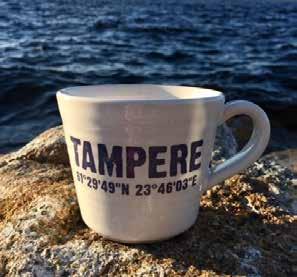
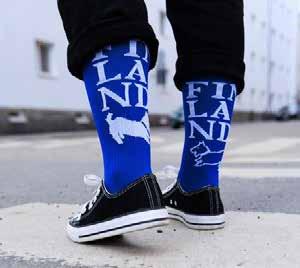
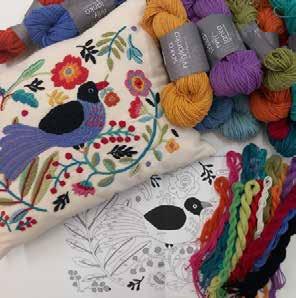

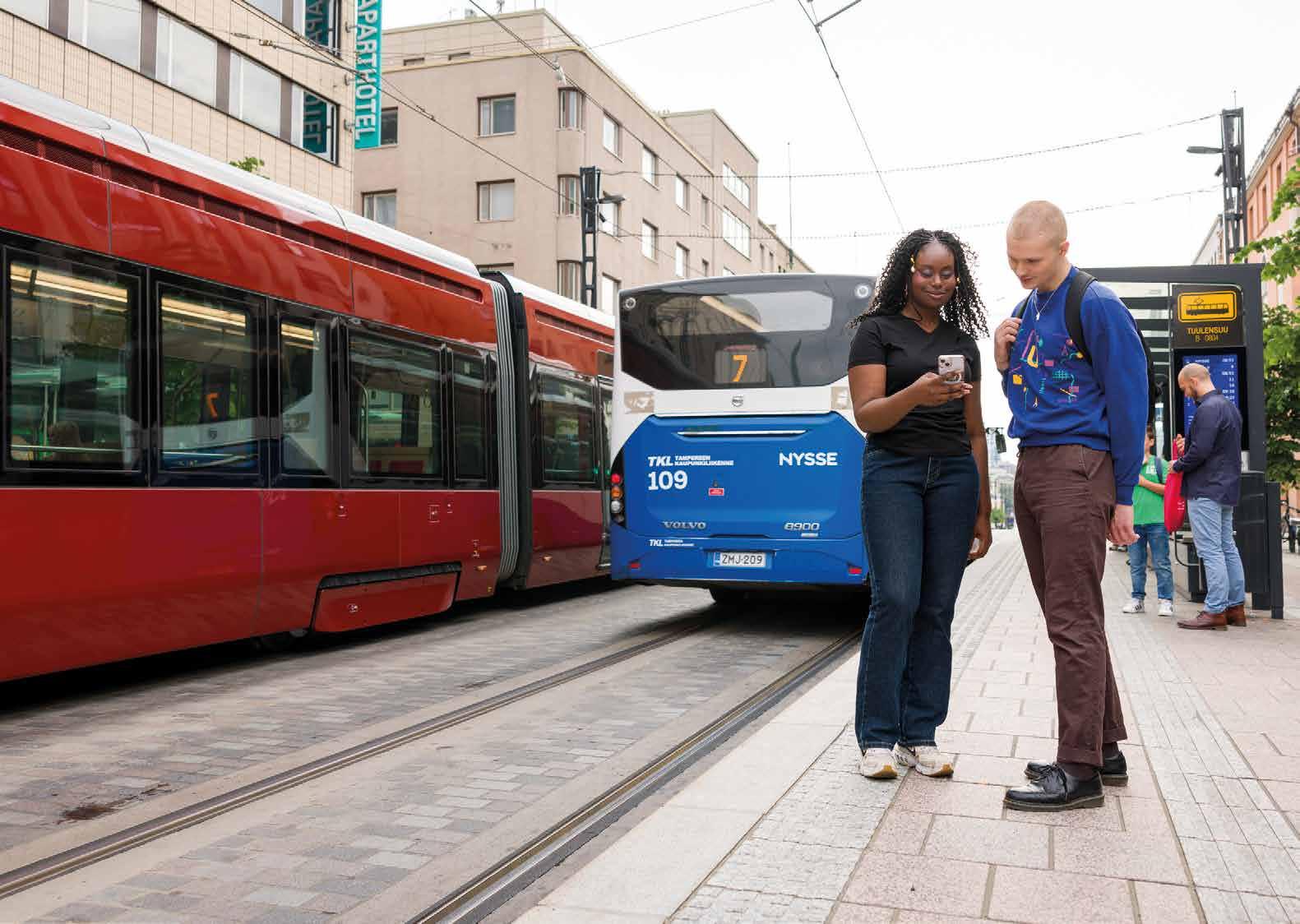
You can easily pay for your bus or tram ticket using the Nysse Mobiili app or contactless payment. Mobile tickets are also valid for train travel in the Nysse area.
Tickets, routes and timetables: nysse.fi/en
Discover Tampere region with Nysse Tampere
Explore Tampere by City Bike
Download the NEW Tampereen kaupunkipyörät app, register, purchase a licence and start your journey.
nysse.fi/citybikes
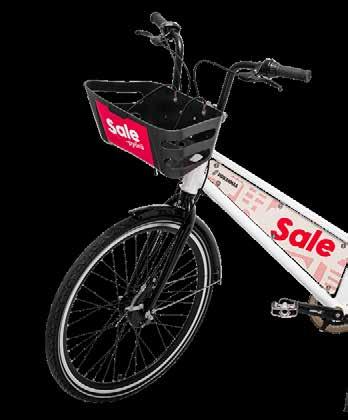 Lovely shop with Tampere and Suomi souvenirs, Finnish design, handicrafts and clothes
Lovely shop with Tampere and Suomi souvenirs, Finnish design, handicrafts and clothes
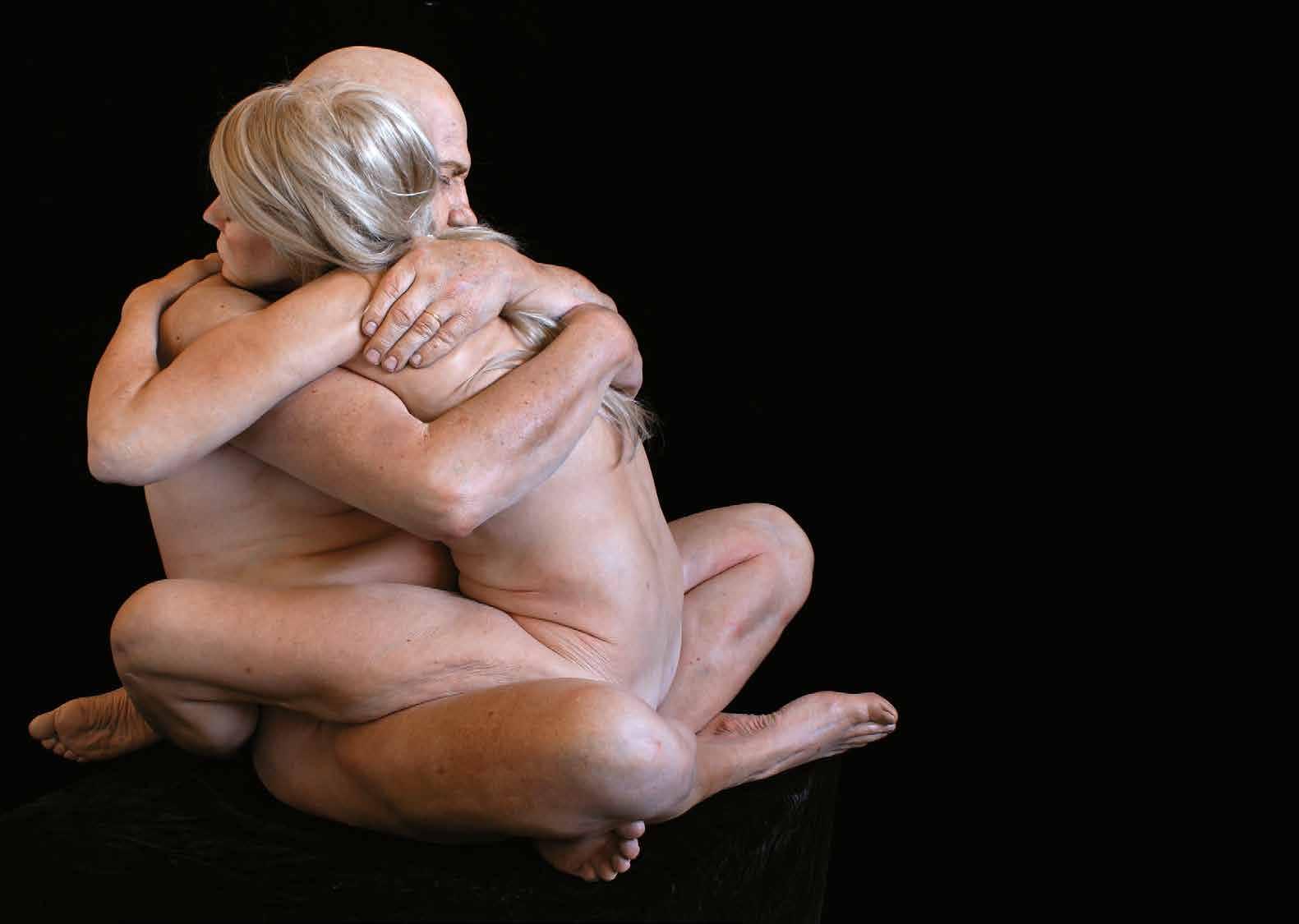
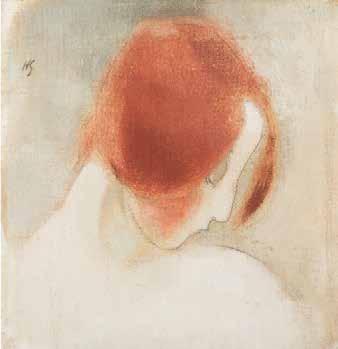
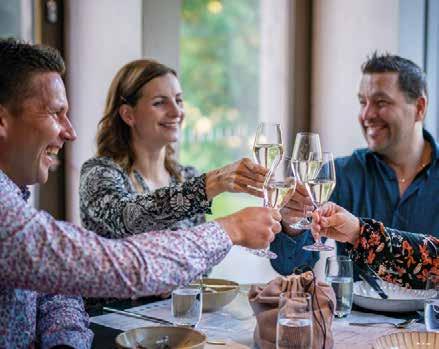

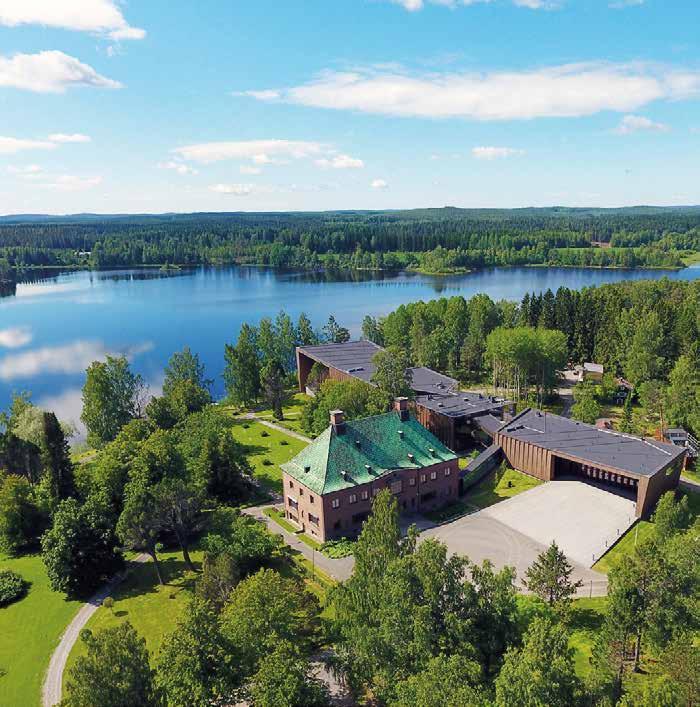
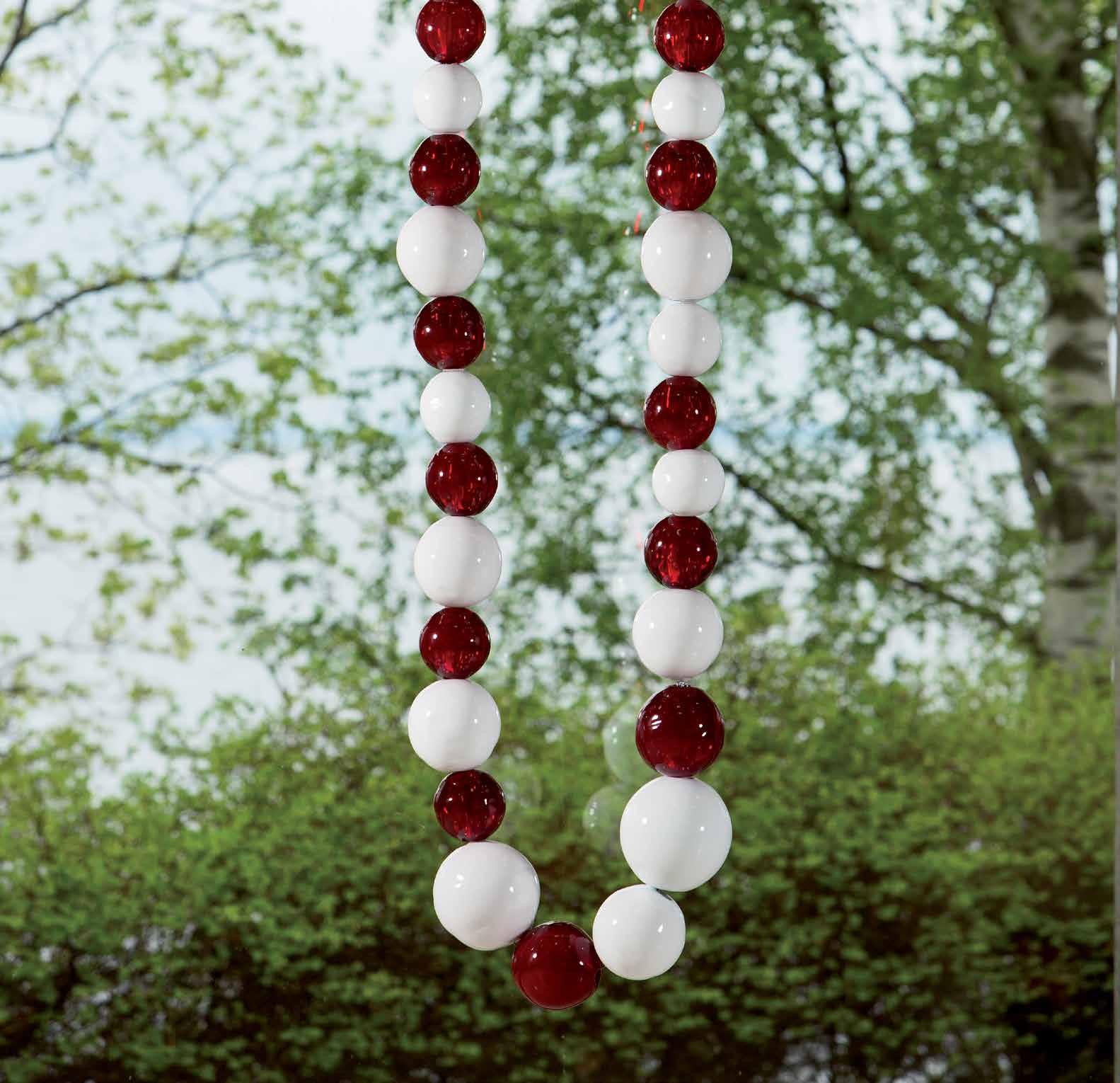 Written by
Written by
From June 8, the Sara Hildén Art Museum presents the latest works by French artist Jean-Michel Othoniel, including glass artworks, metal artworks and paintings.
J Ean-MichEl OthoniEl (b. 1964, Saint-Étienne), who lives and works in Paris, has a predilection for fusible and reflective materials – especially blown glass, which has been a hallmark of his artistic work since the early 1990s. These material qualities enhance the ambiguity and contradictions of his art: monumental yet delicate, baroque yet minimal, poetic yet political.
anne kauraMäki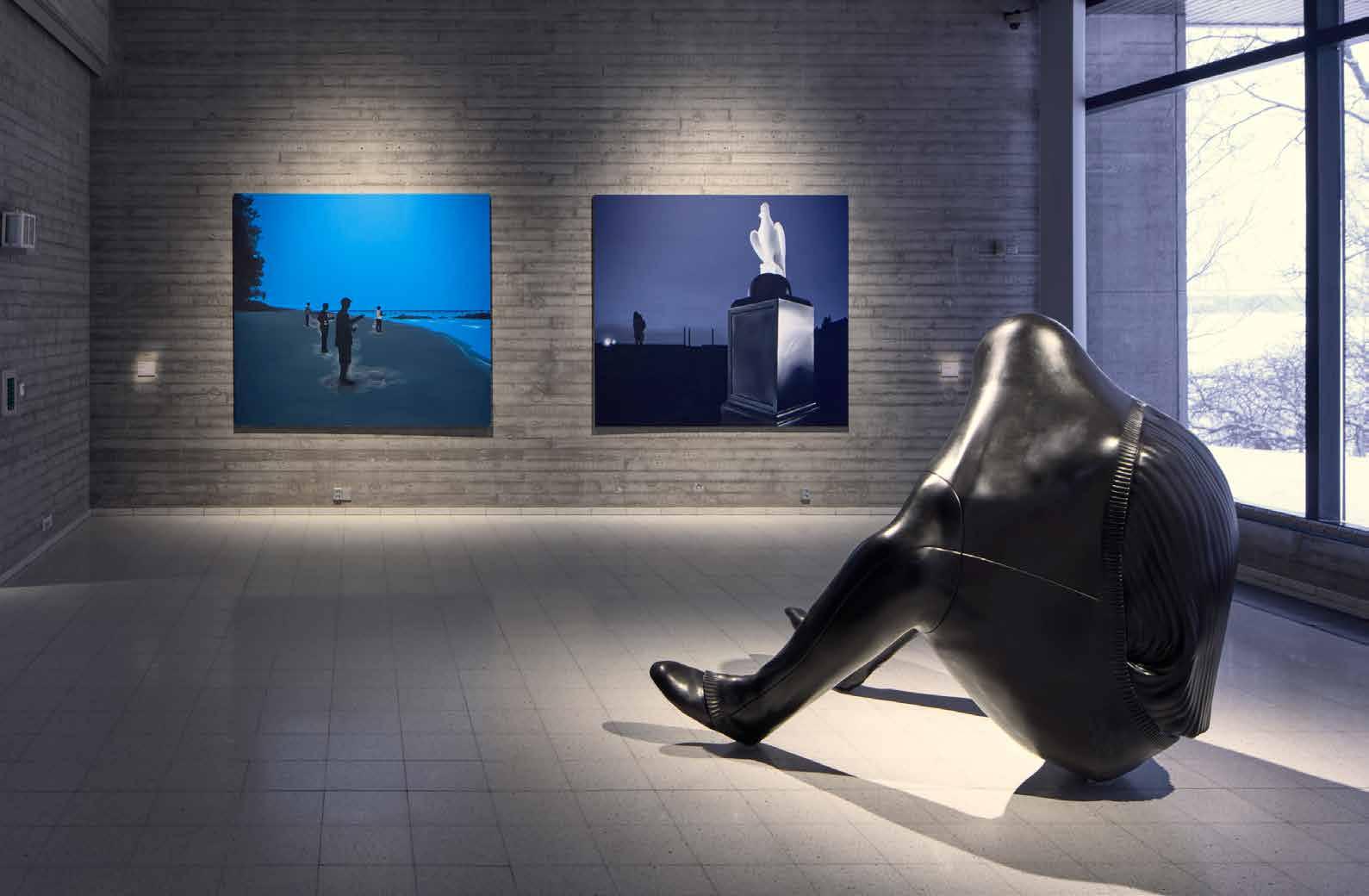
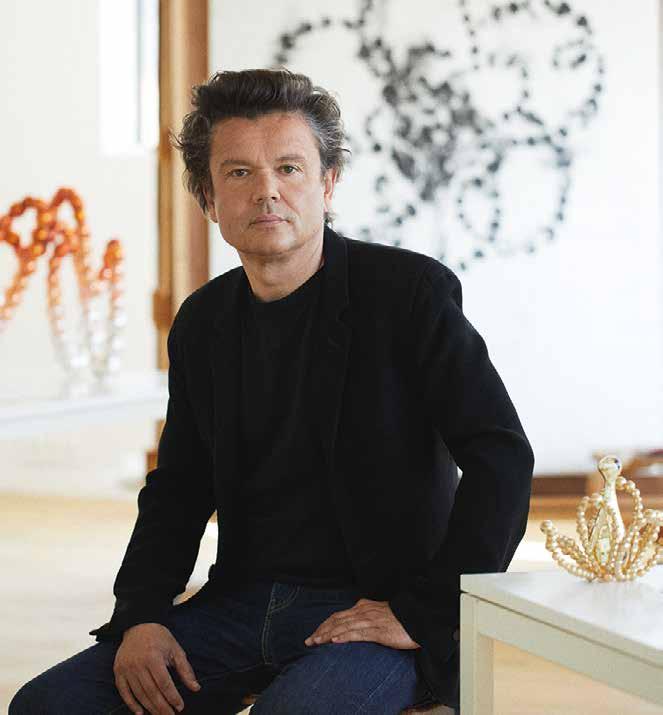
The exhibition Under an endless light is the artist’s first exhibition in the Nordic countries and one of his major museum shows. It is also a mid-career retrospective that includes works from the early 2000s and has been designed especially with the Sara Hildén Art Museum in mind.
For Othoniel, place is always meaningful, and therefore each exhibition is site-specific. The theme of the exhibition is the wonder of nature, for which Othoniel got his inspiration from a visit to the museum, the surrounding sculpture park and the lake.
On the ground floor of the museum, an installation consisting of glass brick walls and fountains and reminiscent of an oriental garden, juxtaposes with Lake Näsijärvi and Finnish nature visible from the large landscape windows. The gilded aluminum passifloras, which bring to mind the splendor of the Palace of Versailles, along with the Gold Lotuses in front of them, in turn
The
theme of the exhibition is the wonder of nature, for which Othoniel got his inspiration from a visit to the museum, the surrounding sculpture park and the lake.
contrast with the rough concrete walls of the Brutalist architecture of the museum building.
The exhibition will also include a selection of Othoniel’s knotted steel sculptures, Mirror Knots, lava glass obsidian sculptures, Invisibility Faces, and giant Necklaces. The exhibition will also feature Othoniel’s paintings, which, along with his drawings, serve as a starting point for his work. Othoniel often assembles his works from modular elements such as coloured glass beads or bricks. Beads are the most common element in his work, with which he creates sculptures that resemble jewellery. The scale of his work ranges from the intimate to the monumental. Othoniel’s White and Red Necklace (2010), from the Sara Hildén Foundation collection, is a 220-cm-long necklace made of Murano glass.
The exhibition continues the series of presentations of artists from the Sara Hildén Foundation collection. It is organised in collaboration with the artist, his studio and Galerie Perrotin. s

The Sara Hildén Art Museum focuses on international modern and contemporary art and organizes temporary exhibitions, on average three per year.
The museum is located on the shores of Lake Näsijärvi in Särkänniemi, Tampere. The museum building was designed by Pekka Ilveskoski Architects with Asko Rasinperä as the lead architect. The two-storey museum building emphasizes the topographical features of the site. The large landscape windows offer views of the Lake Näsijärvi and Sculpture Park, which surround the museum.
The museum is the permanent home of the Sara Hildén Foundation collection and is maintained by the City of Tampere. Sara Hildén (1905–1993) was a Tampere-based businesswoman who donated her art collection in 1962 to a foundation bearing her name. The collection was the result of long and determined professional work. The starting point, however, was Sara Hildén’s own personal and passionate relationship with visual arts. The collection comprises currently more than 5,000 works of art and grows year by year as the Sara Hildén Foundation continues to acquire high-quality contemporary art.

SARA HILDÉN ART MUSEUM – EXHIBITIONS IN 2024
17.2.–12.5. Red Birds of the Green Tree
– Works from the International Collection of the Sara Hildén Foundation
8.6.–15.9. Jean-Michel Othoniel – Under an endless light
4.10.2024–19.1.2025 Maaria Wirkkala
Sara Hildén Art Museum, Särkänniemi, Tampere. www.sarahildenintaidemuseo.fi

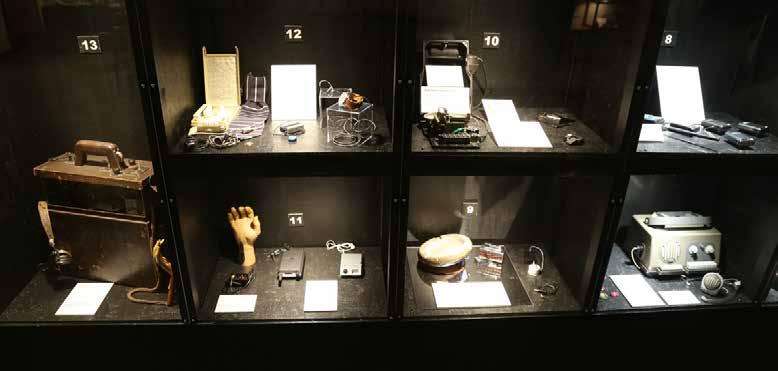
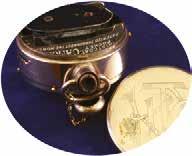

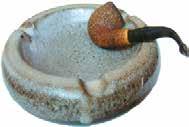
The world’s first spy museum in the city center introduces you to the world of real life James Bonds where a single device can change the world more than governments. World of eavesdropping, hidden cameras and microphones, secret weapons, code breaking, hacking, lock picking...
Remember to say the code “We met at the hotel” to get free AgentTest for the kids!!
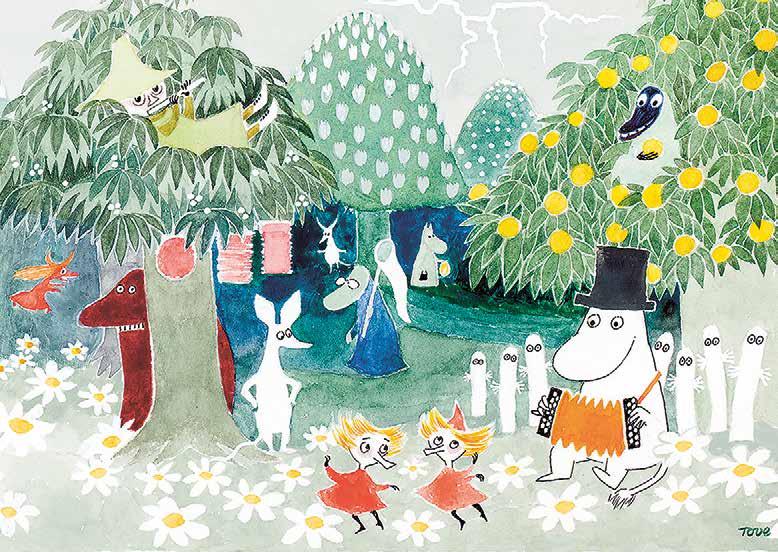
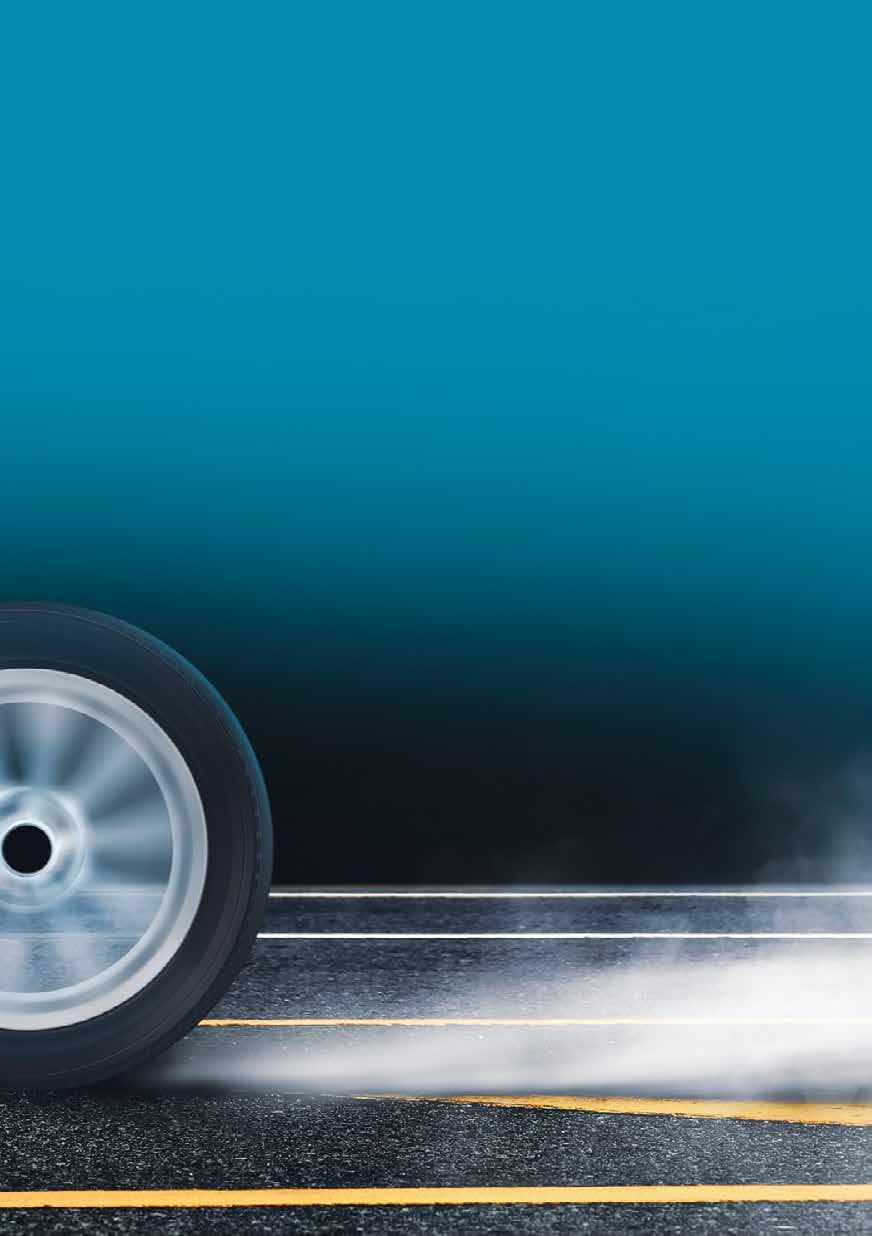

Mariankatu 40, Tampere
Emil Aaltonen museum of industry and art. The permanent collection represents Aaltonen’s life and displays some of his art collection. The exhibited artists are masters of older Finnish painting. Temporary exhibitions. Admission 3€ / 2€


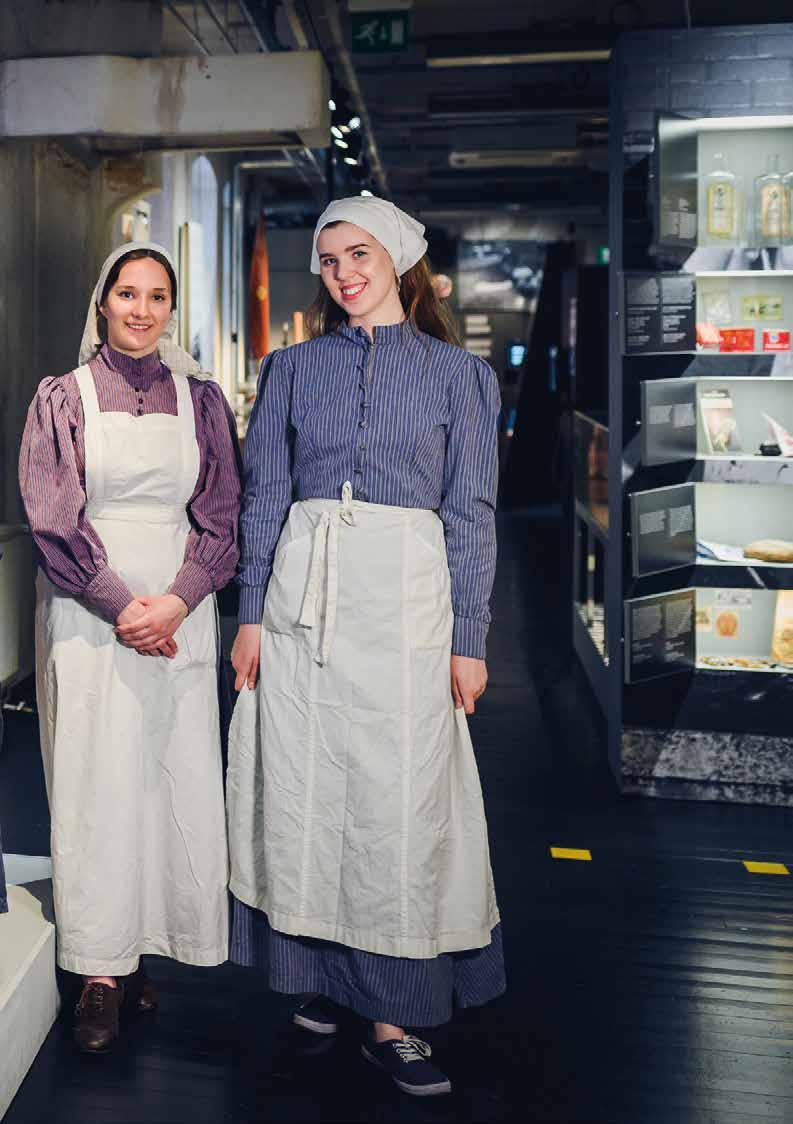
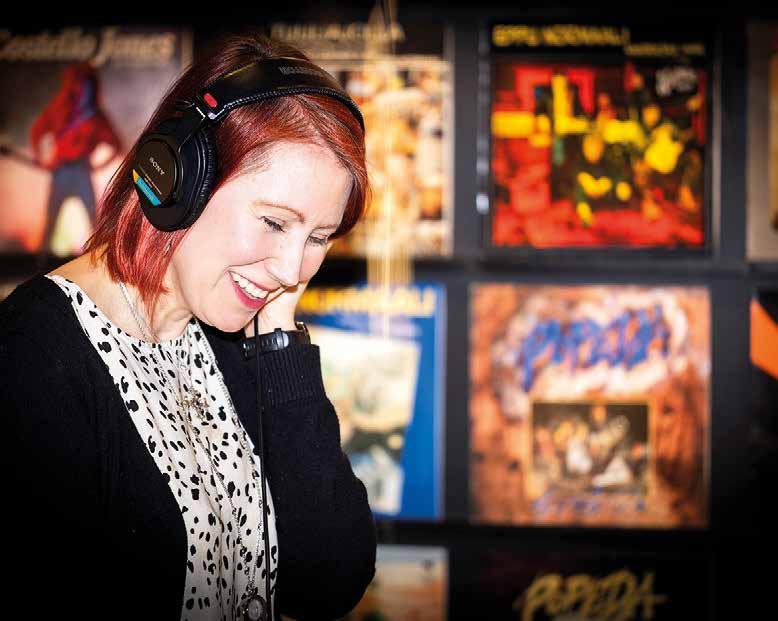
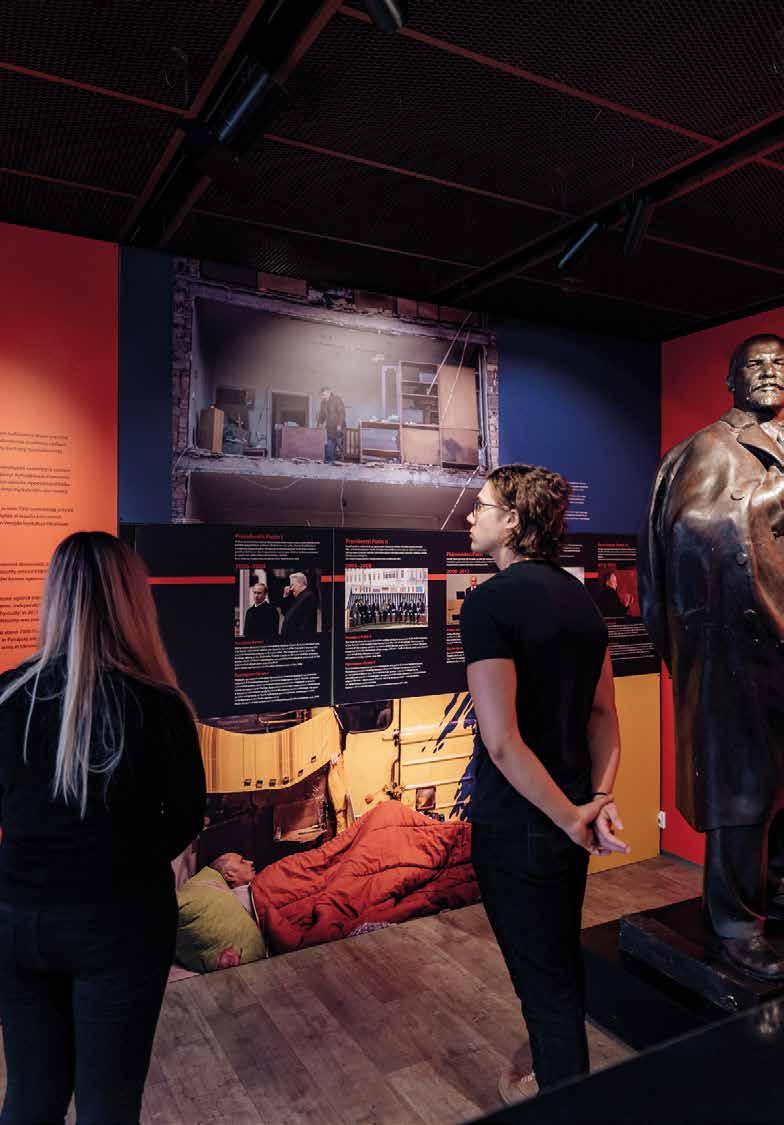

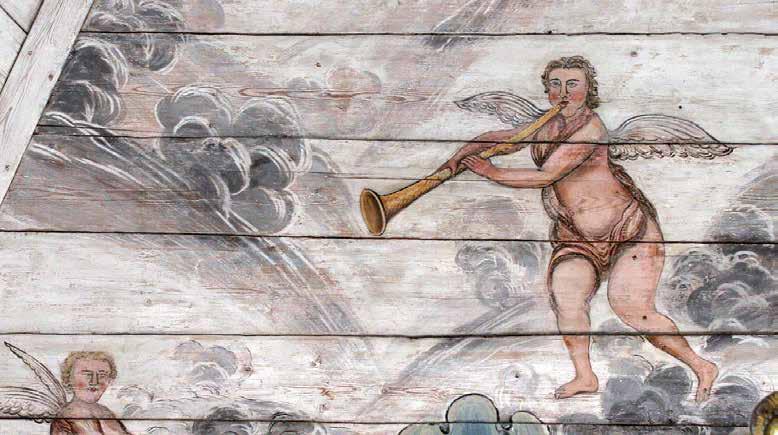
Only 28 km from Mänttä!
Visit the extraordinary churches in Keuruu!
The Old Church (1758) and the Church of Wilderness (1780) in Pihlajavesi. See details: www.keuruunmuseo.fi/ index.php/info/info-in-english
The Blue Horse, Red Dog
The Hundred years of Railway History in Finland in Haapamäki Naïve art summer exhibition 20.6.-31.8. in Keuruu Museum.
29.6.-28.7., Riihontie 1, Haapamäki


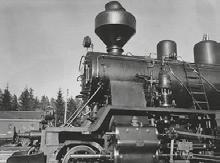
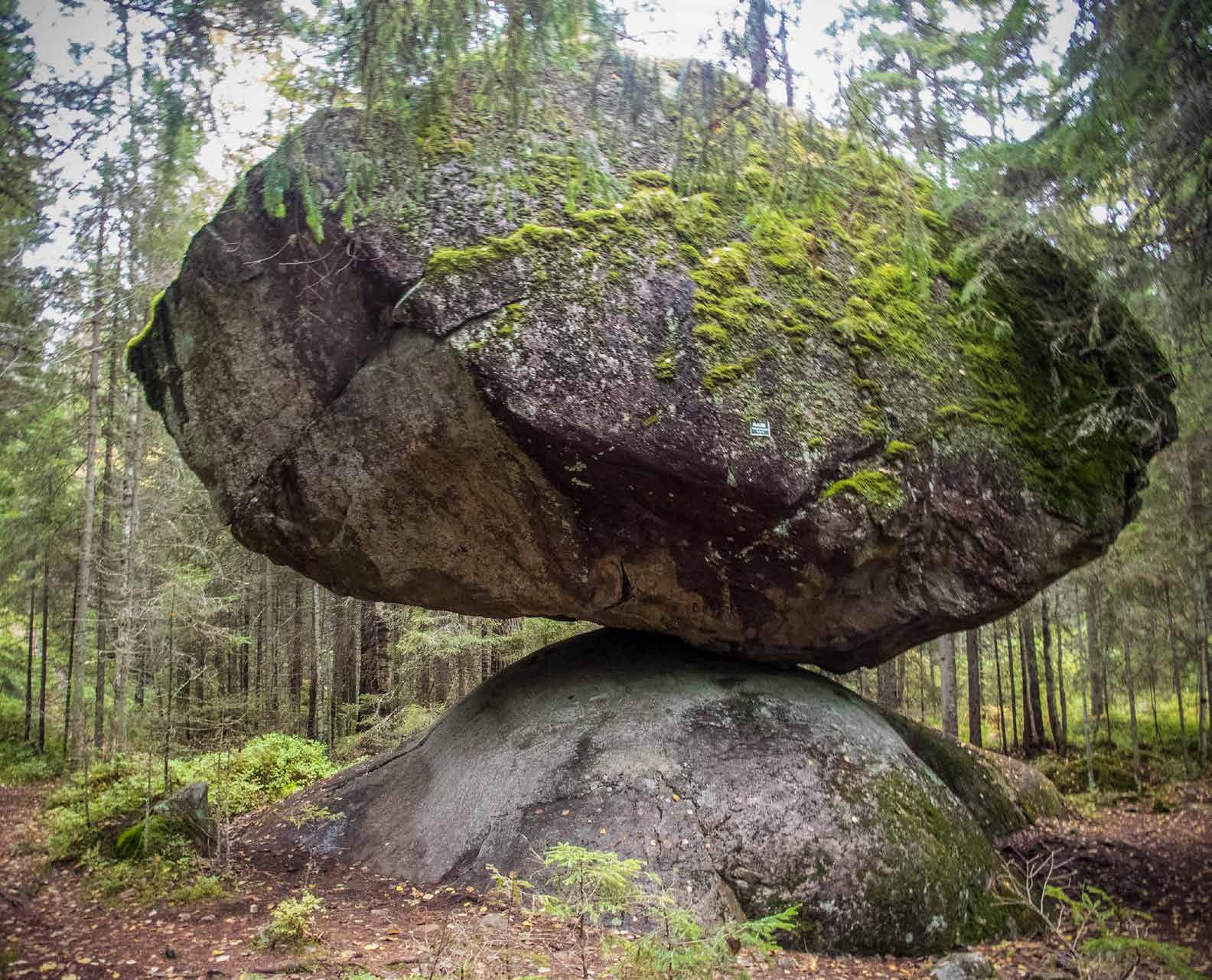
Finland’s surface area is 75 percent forest. The forests are an endless treasure trove, where you can even see signs of the Ice Age.
Finns are often considered a somewhat cold people. Maybe one reason for that is that Finland was only finally freed from the clutches of a huge ice mass around 10,000 years ago. It takes a while to thaw out after that, especially since 20,000 years ago, there was a glacier up to 2.5 kilometers thick covering Finland.
Traces of that massive chunk of ice can still be seen in the Finnish landscape. One thing that Finnish forests are especially good for – besides getting lost – is looking for signs of the Ice Age. The forests, including Finland’s urban forests, are full of them. Let’s head to the forest, then!
There are plenty of options for where to go – after all, Finland is Europe’s most-forested country relative to surface area. Even better, Finland has an arrangement called “Everyman’s Rights,” which means that the forests are public, in the sense that everyone is free to visit them to enjoy nature
and the fresh air, as well as to forage for berries or mushrooms.
A 2.5-kilometer-thick piece of ice weighs quite a lot, and it pressed a dimple into the earth’s surface, as if it were a football with too little air. Around Turku, for example, the land sank 800 meters, although most of it quickly rebounded once the ice melted. Nonetheless, the land on the west coast of Finland is still rising half a meter every hundred years.
The most visible signs of the Ice Age in Finland are the country’s thousands of lakes. They number around 168,000 in total, depending on how you count. Many of them were born when the ice pressed a hole in the ground, which then filled with meltwater.
Such large bodies of water as Lake Päijänne and Lake Saimaa originated in the Ice Age, for example. The shallow lakes near the coast are much younger.
Another massive relic of the Ice Age in the Finnish landscape are eskers, long ridges of sediment that formed under glaciers, the largest being Salpausselkä in southern Finland (or actually the Salpauselkäs – there are three of them). Smaller sandy eskers are scattered around Finland. When driving almost anywhere in the country, you’ll come across large sand pits where sand has been excavated for the construction industry.
When the ice melted at the end of the Ice Age, large, swift rivers flowed inside it. The rivers carried sediment and gravel as they flowed, forming eskers. The eskers are old riverbeds.
One sign of the Ice Age you’ll find everywhere is the large boulders called glacial erratics. Actually, all the stones dotting the forests are from the Ice Age, but the erratics are the most impressive. When the ice began to melt, its power was tremendous. Glaciers and water broke the bedrock and snatched up large stones the size of houses; they ended up in the strangest places.
Finland’s largest glacial erratic can be found in the sea off the coast near Turku. Its name is Kukkarokivi, and according to the story, it was thrown there by an angry giant. The stone is the size of a large detached house.
Many stone curiosities can be found in Finland, such as huge glacial erratics that are so acrobatically arranged that if you push them, they will sway, but always return to their place.
One beautiful example is the Kummakivi, located in Ruokolahti, which is a car-sized boulder that rests atop another rock, but with such a small point of contact that it almost seems to float.
Glacial erratics have also made good boundary markers through the ages because they are impossible to move. Another curiosity perhaps worth mentioning is the Kusikivi, or “Peeing Stone,” in Ostrobothnia, which according to the locals, is an important attraction at a certain road crossing. The stone is not very big, but reportedly, the king of Sweden once ducked behind it to do his business.
One of the most extraordinary signs of the Ice Age are so-called devil’s fields. They are areas where the ground is completely covered with large stones. In the old days, people didn’t know what they were, so
Finland’s Everyman’s Rights allow you to…
• walk, ski, cycle and swim in nature, as long as you’re not in someone’s yard or in cultivated fields, for example
• stay temporarily (for example, in a tent) in any area you are allowed to move through
• pick berries and mushrooms, and plants that are not protected by conservation law
• fish with line and rod and ice fish
• travel over ice and on waterways.
Everyman’s Rights do not allow you to…
• cause harm to others, disturb anyone’s home, or litter or damage the environment
• disturb animals or their nests
• collect moss, lichen, soil or wood
• drive a motor vehicle off-road without the landowner’s permission
• fish by any method other than line and rod
it was thought that some malicious being had made them. The fields were so rocky that only a devil could have plowed them.
In reality, the devil’s fields are old sea beds, and the rocks were carried by the waves. The stones remained where they were when the earth’s surface rose and the sea receded.
Also in the category of features formed by water are “giant’s kettles,” circular holes in the bedrock that can be meters deep and are sometimes filled with water. They can be small enough that not even a child could bathe in them, or so large that you could easily go for a swim.
They were created when the movement of the ice caused stones to rub against the bedrock and slowly grind a hole in it, almost as if the stones were drill bits. Giant’s kettles aren’t terribly rare, either; even in Helsinki, you can find a dozen.
The Finnish name for giant’s kettles, hiidenkirnu, contains the word hiisi, which once referred to a sacred site but later came to mean a malevolent being.
On thE coast, the most visible evidence of the Ice Age can be seen in the formations called roches moutonnées: the smooth, rounded mounds of exposed bedrock. They rock surfaces are so smooth that it almost seems as if someone has polished them. And in a way, that’s exactly what happened: ice and water polished the rocks.
As it melted, the ice slid across Finland from northwest to southeast, as can often be seen by the direction of the grooves on the polished surfaces of the rock. s
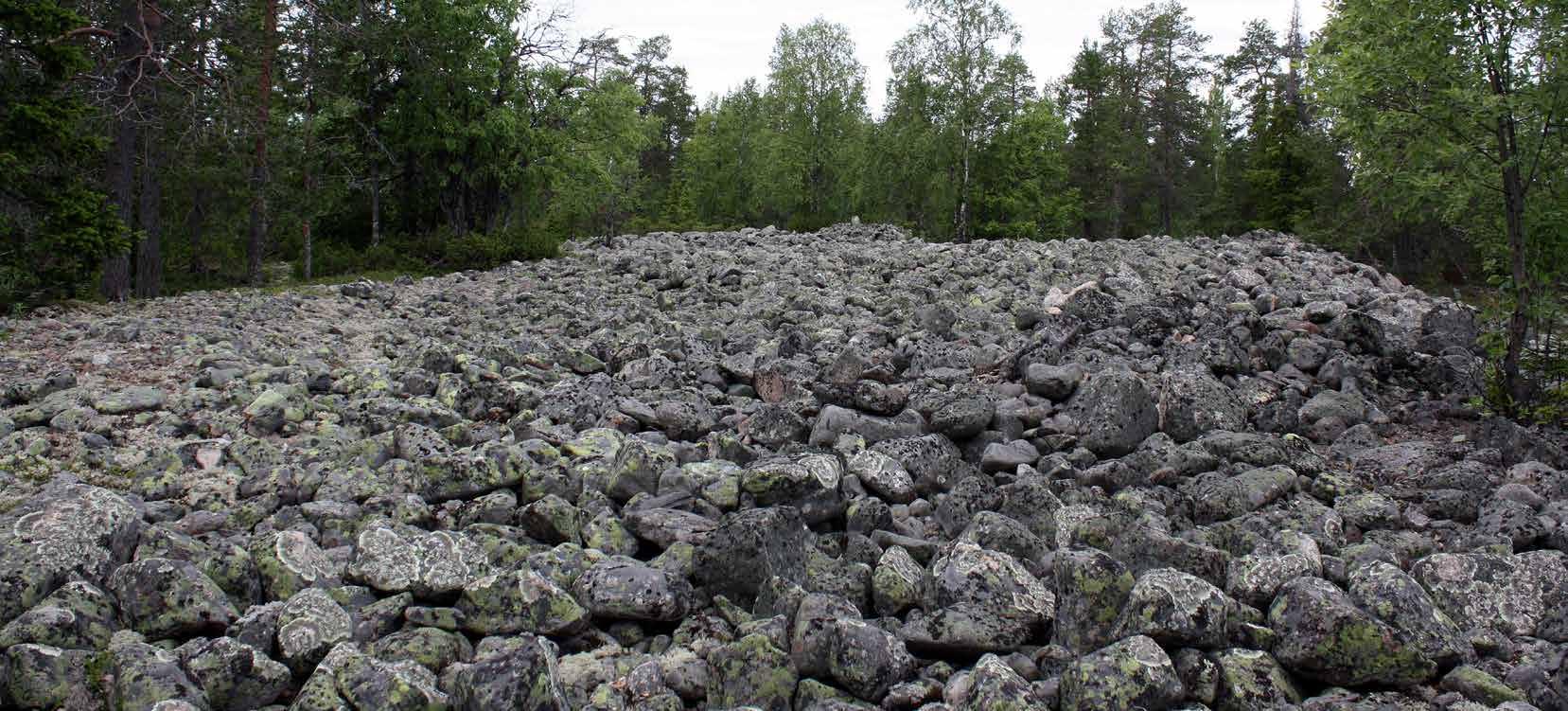
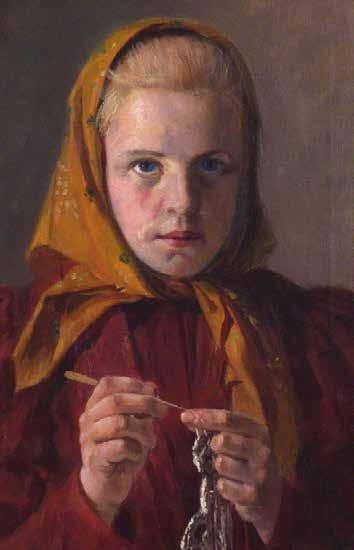
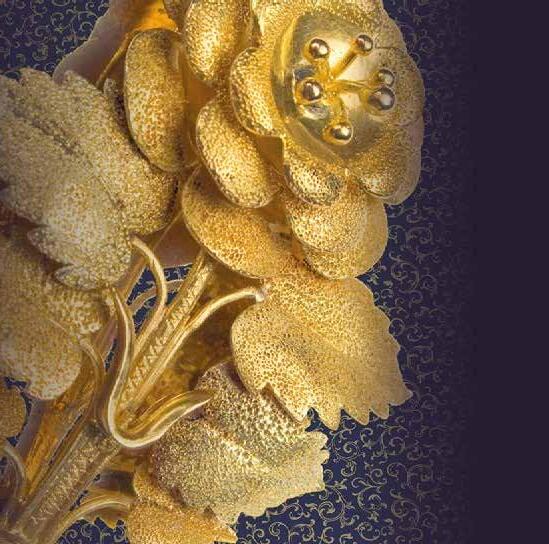
Art & ethnographic curiosities
Wed 12–17
Thu 12–17
Sat 11–15
Sun 11–15
Admission 14 € / 6 €
Pirkankatu 6, Tampere www.hiekantaidemuseo.fi

5–11 August 2024 Hiekka Art Museum


TIMES-LEHDET TAVOITTAVAT
2,5 MILJ. HOTELLIYÖPYJÄÄ VUODESSA
Metropolitan Times | Tampere Times | Turku Times | Saimaa Times Varmista näkyvyytesi | Puh. 045 656 7216
AITO, ALKUPERÄINEN TAMPEREEN VOHVELIKAHVILA Makeita ja suolaisia vohveleita
Ojakatu 2. Puh. (03) 214 4225 www.vohvelikahvila.com
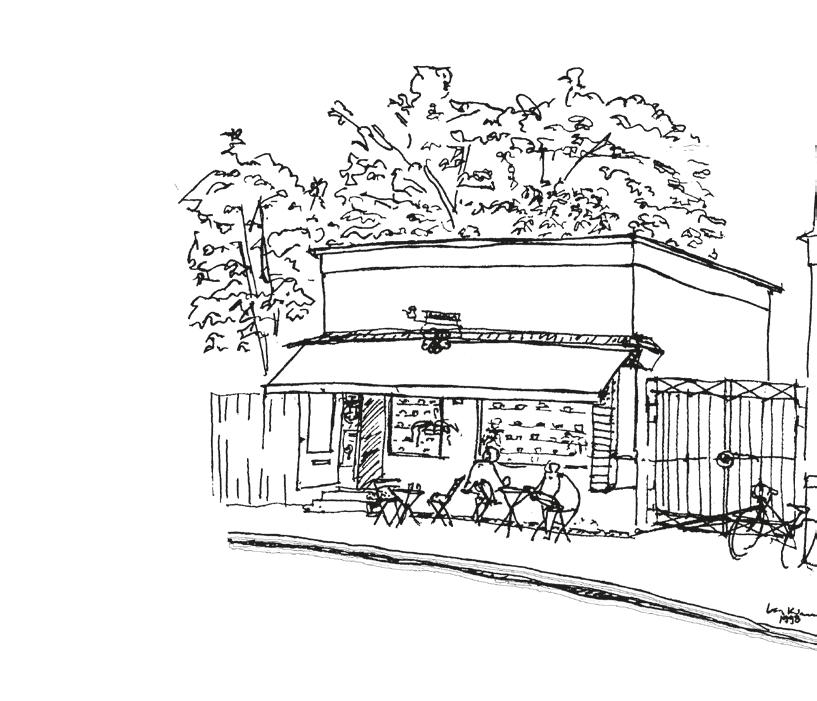
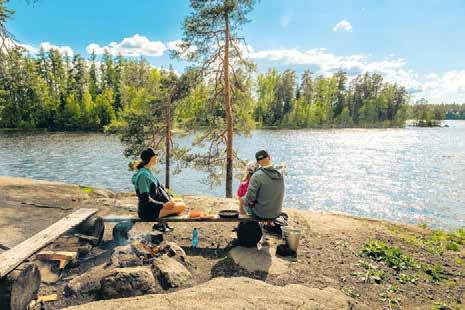


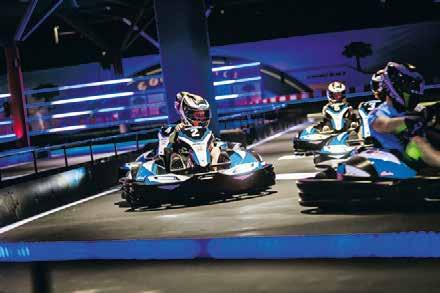

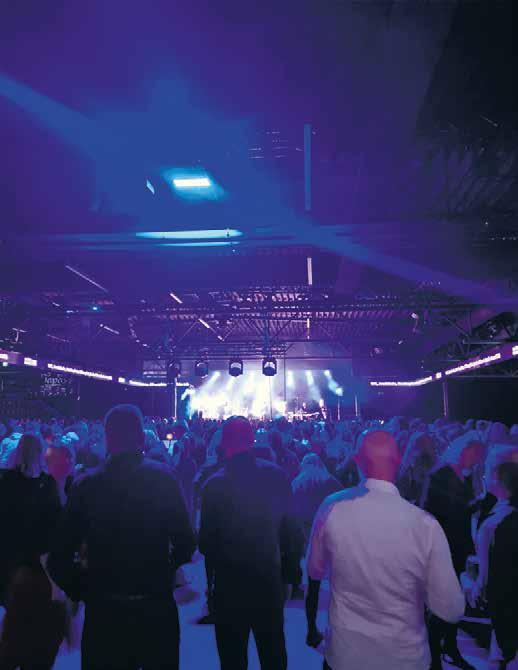
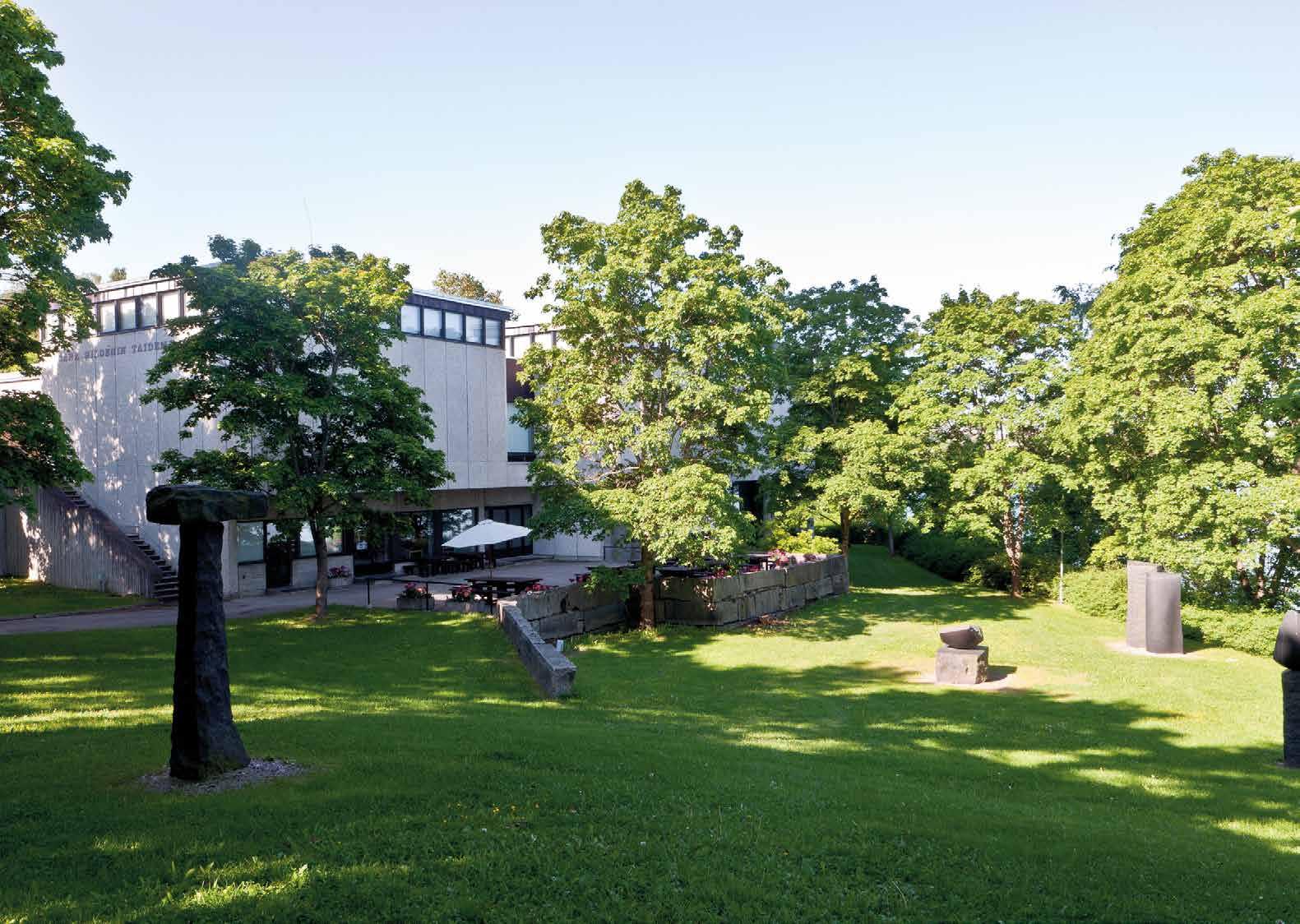
Shopping centre in the city center of Tampere
- a wide range of stores from fashion to sports and leisure
- lovely cafés and restaurants
- a cinema

70+ stores, restaurants and cafés
 Hatanpään valtatie 1, Tampere koskikeskus.fi
Hatanpään valtatie 1, Tampere koskikeskus.fi
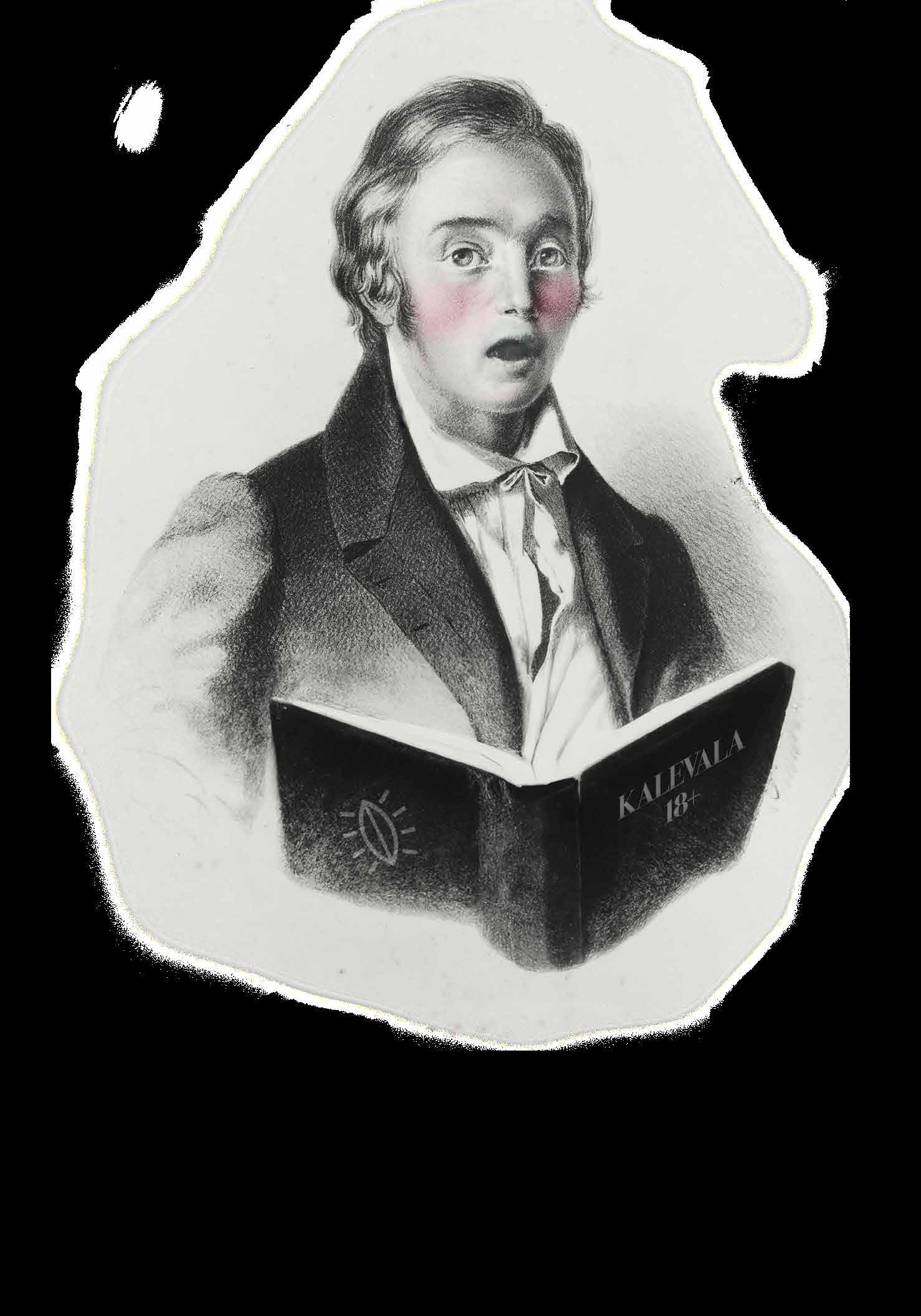
Finland’s national epic is a cleaned-up version of the material that was collected. The raunchiest folk poems would make OnlyFans blush.
Written by roope lipasti translated by Christina saarinenEveryone knows the Kalevala, Finland’s national epic. You know, the one that is generally mentioned in the same context as lofty works like the Odyssey and the Iliad or even Gilgamesh
But though the name is familiar, few have read the whole thing, and that’s true for Finns as well. So here’s a refresher: The Kalevala is a loosely-plotted story about the various disputes, revenge missions, wooing trips and other misadventures of the people of Kalevala and Pohjola.
The wizard Väinämöinen is one main character, but there are plenty of others involved. The smith Ilmarinen,
The poems depict the joy of sexuality, longing for sex when you aren’t having it, passion, love magic and all the other things that we associate with sex even today.
for example, is a key character who forges the Sampo, a kind of wealth-producing miracle machine, which is later stolen by the wicked Pohjola. In addition, there is a seemingly endless number of young men who all fare more or less poorly.
There are women too: The Mistress of Pohjola is Väinämöinen’s evil opponent. The beautiful maiden Aino, on the other hand, is Väinämöinen’s desired bride, but the young girl herself isn’t so hot about the idea. The famous painting by Akseli Gallen-Kallela captures the #metoo spirit of the situation.
All in all, the Kalevala is an exciting and heroic story that could easily be made into a Marvel-type movie. But despite all the folklore ingredients, it is largely the product of Elias Lönnrot’s (1802–1884) pen. The poems themselves are largely authentic, though Lönnrot shaped them in places to make them sound better. But Lönnrot is the father of the Kalevala in the sense that he created the plotline for the story. He edited out what he felt was unnecessary, took pieces from here and there, and forged everything together to fit in one book.
Elias Lönnrot was a Fennophile through and through. When he was traveling around Finland and the surrounding areas from the 1820s to the 1840s, writing down old folklore, the goal was nothing more and nothing less than creating Finland – a nation that could one day become independent. And how could it not, when it had such a noble past, as the Kalevala’s beautiful and skillful poems indubitably proved.
But that visionary national awakening didn’t require quite all of the material Lönnrot collected. And certainly not the most obscene of the poems – of which there was no shortage!
Fortunately, Lönnrot was a scientist to the core. He was a doctor, researcher, journalist, linguist and botanist. So when he crisscrossed the deep forests of eastern Finland, Estonia and Karelia, for the most part on foot, he fastidiously made note of everything he found.
A scientist doesn’t blush, so presumably Lönnrot didn’t either – or at most, just a little – when he recorded this love spell from Ilomantsi in 1828:
Ahoy cock, arise cock, Here on this lass’s cunt, Here on this child’s hips, Here on this bird’s tail!
Set the cocks plowing, The balls clanging, The sacks squealing, Free the cocks from their bonds, The furry shafts from their shackles.
Lönnrot wasn’t the only one collecting folk poetry. At one point, there was a whole slew of them in the forests of Karelia, and the competition was fierce. It was hard to beat Lönnrot, however, who collected tens of thousands of verses.
The juiciest of them weren’t used, but they were stored through the decades in the back room of the Finnish Literature Society, where researchers were able to access them.
About ten years ago, these sex poems were compiled into a little book called Tupa ryskyi, parret paukkui (The House is Rocking, the Joists are Popping).
The book contains birth poems for genitalia, odes, spells and satirical poems as well as various sexually suggestive songs.
The poems depict the joy of sexuality, longing for sex when you aren’t having it, passion, love magic and all the other things that we associate with sex even today. You would think that if more of these poems were taught in school, even the youth would be more interested in the old poetic traditions.
For example:
Oh, what a bother
Not having a wife, Stuck with a cock
Always standing upright.
(Collected by Lönnrot in Karelia in 1837)
In general, both the Kalevala and Lönnrot have left a somewhat dusty image for posterity. It’s a shame, because the former is interesting (though the language is difficult for the modern reader), and the latter was an extremely multifaceted and talented man.
For example, Lönnrot’s industriousness was not limited to nation-building and science (he wrote no fewer than four doctoral theses), but he was a man of enlightenment from top to toe.
As a doctor, Lönnrot was concerned about the scourge of alcohol, and he founded Finland’s first temperance society in 1834. Even then, he showed the same open-mindedness as when collecting erotic poems.
In the first volume of Lönnrot’s selected works, he describes the rules of his temperance club:
Each day, club members are allowed three drinks with meals, except if fish is being eaten – in that case, an additional drink is permitted. You can start the morning with a drink, and if desired, drinks are also appropriate at 11 a.m. and 6 p.m. Two toddies in the evening is the absolute maximum, but a third is okay if it’s taken with a piece of sugar. The consumption of wine and beer is not restricted in any way.
The rules of the club were so well thought-out that the majority of Finns still follow the key principles of Lönnrot’s temperance ideology today. s

Suomen ensimmäisessä kissakahvilassa sinua odottaa lauma rapsutustasi odottavia kissoja, herkullista suuhun pantavaa sekä ihana, kehräävä tunnelma.
Tervetuloa meille herkutteluhetkelle tai
viettämään kokonaisen yön kissojen seuraan!
Cat cafe Purnauskis is the Finland's first cat cafe. We have adorrable fluffy cats, delicious food and sweets and you can also spend a night withs our purring friends Wellcome to the Kingdom of Cats!
www.purnauskis.fi
www.nightwithcats.com
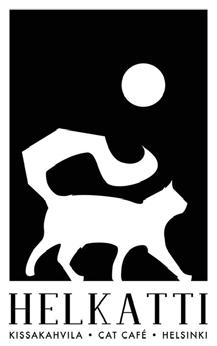
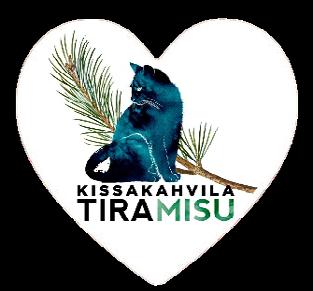
Aaltosenkatu 31-33
TAMPERE
Muista myös kissakahvilat Helsingissä ja Kuopiossa!



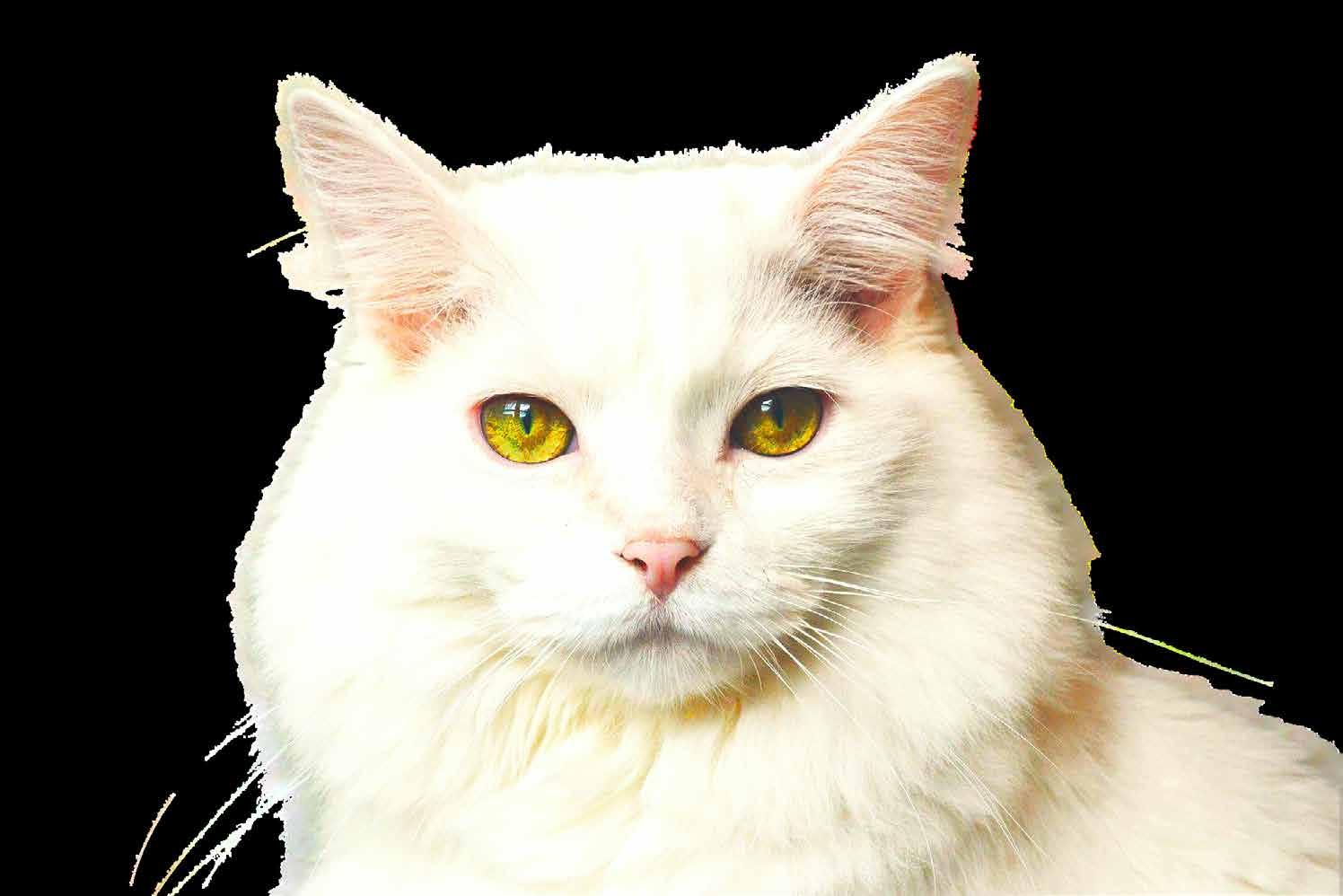
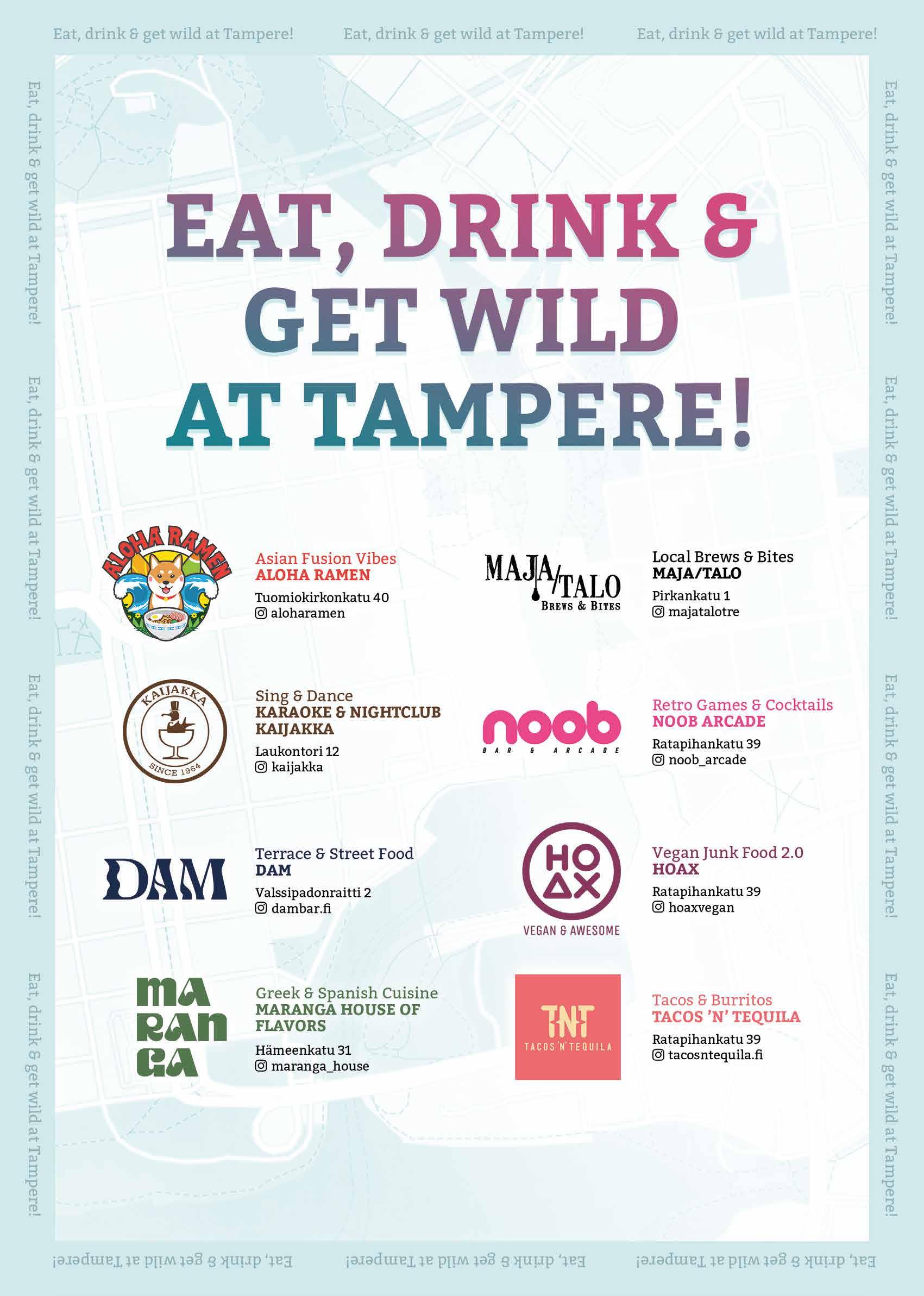

“Would you like to see the rooftop terrace?”
“I would love to.”
ThE yEar was 2012, and I had been invited as a guest to a literary festival in Algiers, the capital of Algeria. I arrived at my hotel in the evening alone, and the receptionist offered to show me around. I followed him up the narrow stairs to the rooftop terrace, which offered a broad view of the sunset-gilded city. There on the terrace, the receptionist suddenly put his arms around me and tried to kiss me.
I froze. I was pregnant, my belly already clearly visible under my dress. The first thing I thought of was the baby: what would happen if we got into a physical fight? I forced myself to stay calm. I broke away from his grip and told him I was tired from the trip and wanted to go to my room to rest.
In the room, I started shaking. The lock on the door was so flimsy that I suspected it could be opened with a hairpin. With a chest of drawers and chairs, I built a barricade in front of the door and placed two water glasses from the bathroom on top, which would fall with a clatter if someone tried to push the door open.
The unpleasant situation on the rooftop terrace has remained a strong memory for two reasons: because I was pregnant, and
Written by elina hirvonen translated by Christina saarinenbecause it took place in a hotel, and I’ve loved hotels for as long as I can remember.
More accurately, I love the idea of a hotel. For me, a hotel is first and foremost a place where it is possible, in a neatly made bed, in a space encompassed by clean-smelling pillows, to escape one’s own life for a while.
I’ve spent the night in many different places during my travels, from a tent on the roof of a car to the lobby of a police station. These overnight spots have always been interesting, but when it comes to hotels, it’s not just about the lodging, but something bigger: a temporary escape from your own world.
I’ve checked into hotels exhausted, in love, or heartbroken, when I’ve been looking for a place to recover, and when I’ve longed for a space for my own thoughts, away from everyday life. At best, even a single night in a hotel can open up a space in one’s day-to-day life from which it is possible to see beyond the usual, where there is room for what is most important: imagination, silence, play and dreaming.
I have never understood people who complain that hotels are impersonal. For me, that’s the whole idea. When you check into a hotel, especially when alone, you have the chance to momentarily escape your own personality as well.
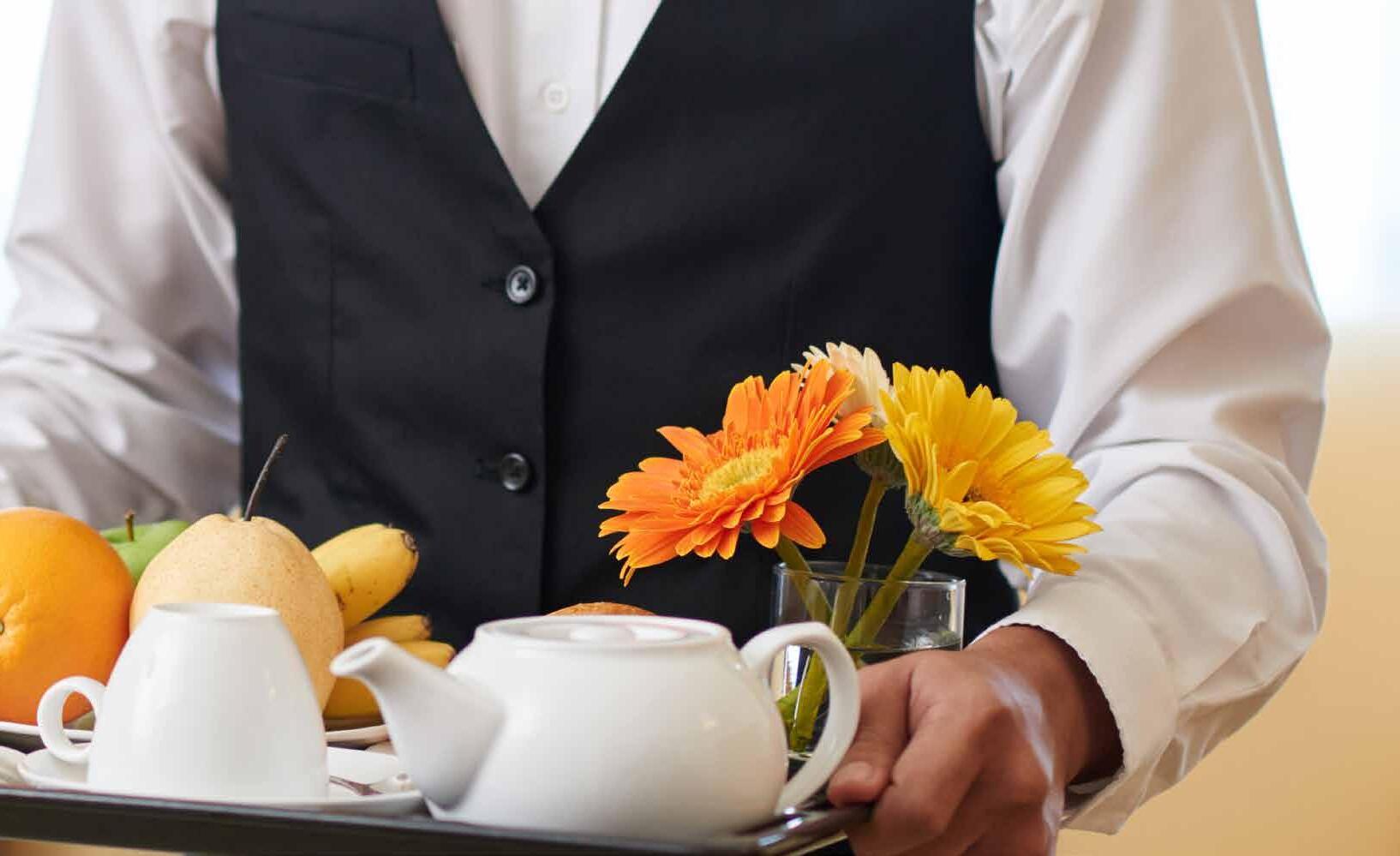
In the end, the most important thing in a hotel is not what it offers me, but what it offers its environment and employees.
OnE of My most intense memories related to hotels is the night I spent in a hotel in Oulu at the end of August 2021. The Taliban had taken over Kabul a couple of weeks earlier, and I had spent the previous days trying to get my Afghan friend and his family to safety.
When my friend’s family was finally safe, I went on a work trip and spent the night alone in a hotel. I went swimming, took a sauna, did yoga and read the work of a female Afghan writer. I hardly spoke to anyone for a day. That nigh ät alone in a hotel helped me make the return from the days filled with fear to a life that could once again consist of more mundane things than a friend in mortal danger.
I aM vEry awarE that the opportunity to spend nights in hotels is a rare privilege. That’s why, in the end, the most important thing in a hotel is not what it offers me, but what it offers its environment and employees. A little while ago, I visited an expensive hotel where an important detail caught my eye: the employees wore ill-fitting uniforms. They looked uncomfortable in their clothing, and I had to wonder what kinds of conditions they were otherwise working under. Were they valued? Were the working climate, pay and terms of employment as they should be? The doubts gnawed at me even more strongly than the harassment I had experienced on the rooftop terrace of the Algerian hotel.
I love hotels, but more important than that is fairness and valuing people. Even the loveliest hotel loses its charm immediately if the people who work there are not treated well. s
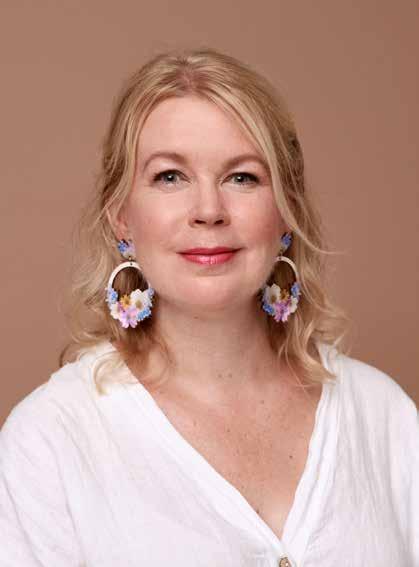
Elina Hirvonen is an award-winning author and documentary filmmaker who would like to spend the rest of her life in the world’s best hammams under clouds of soap bubbles.





